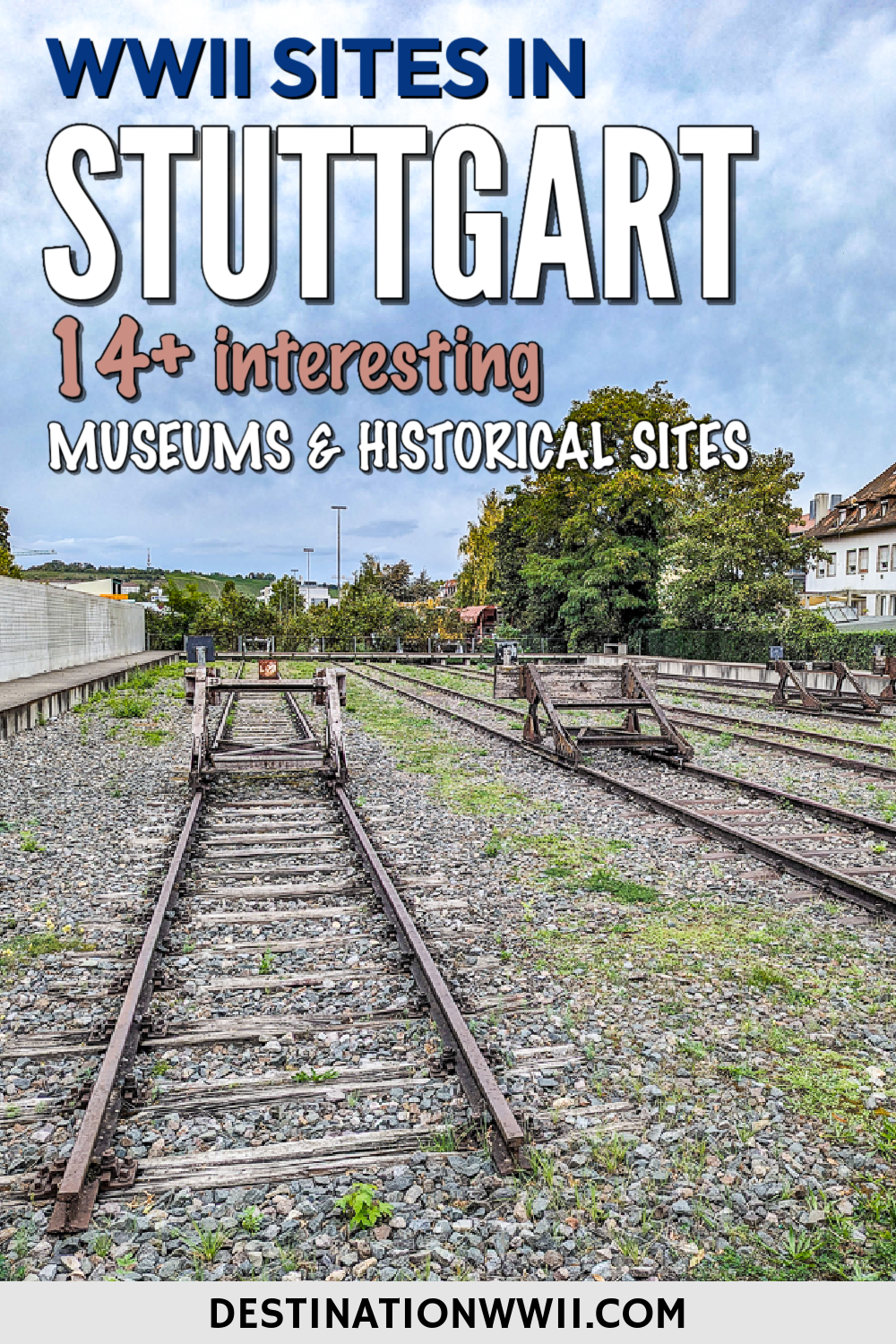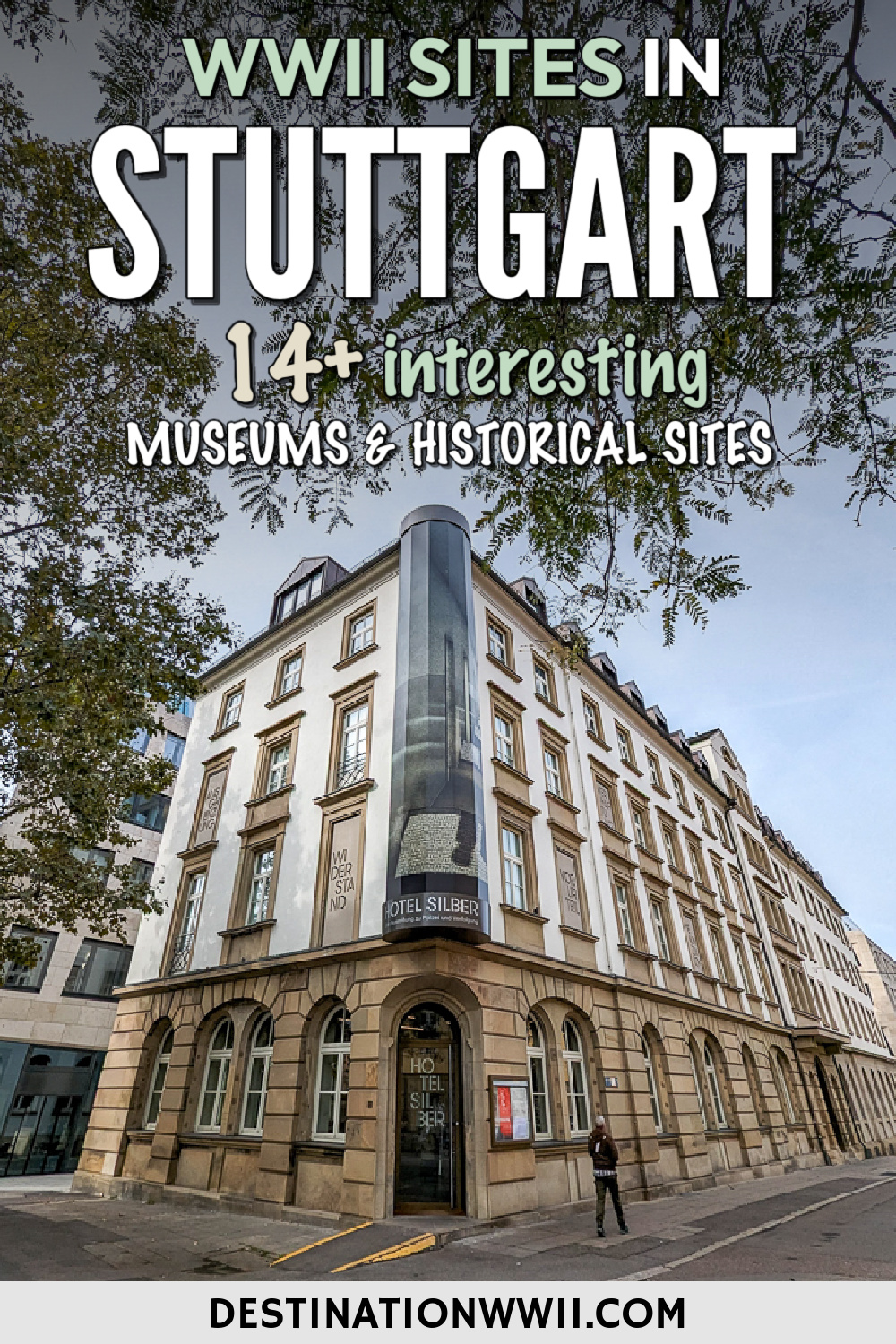The story of Stuttgart centers heavily around the auto industry which is at the root of most of the WWII sites in Stuttgart you can visit today. It was (and still is actually) the location of some of Germany’s most influential production facilities. As a result, the Allies steadily and heavily bombed Stuttgart throughout the war. This post contains all the WWII sites you can visit in Stuttgart that reflect this period of its past.
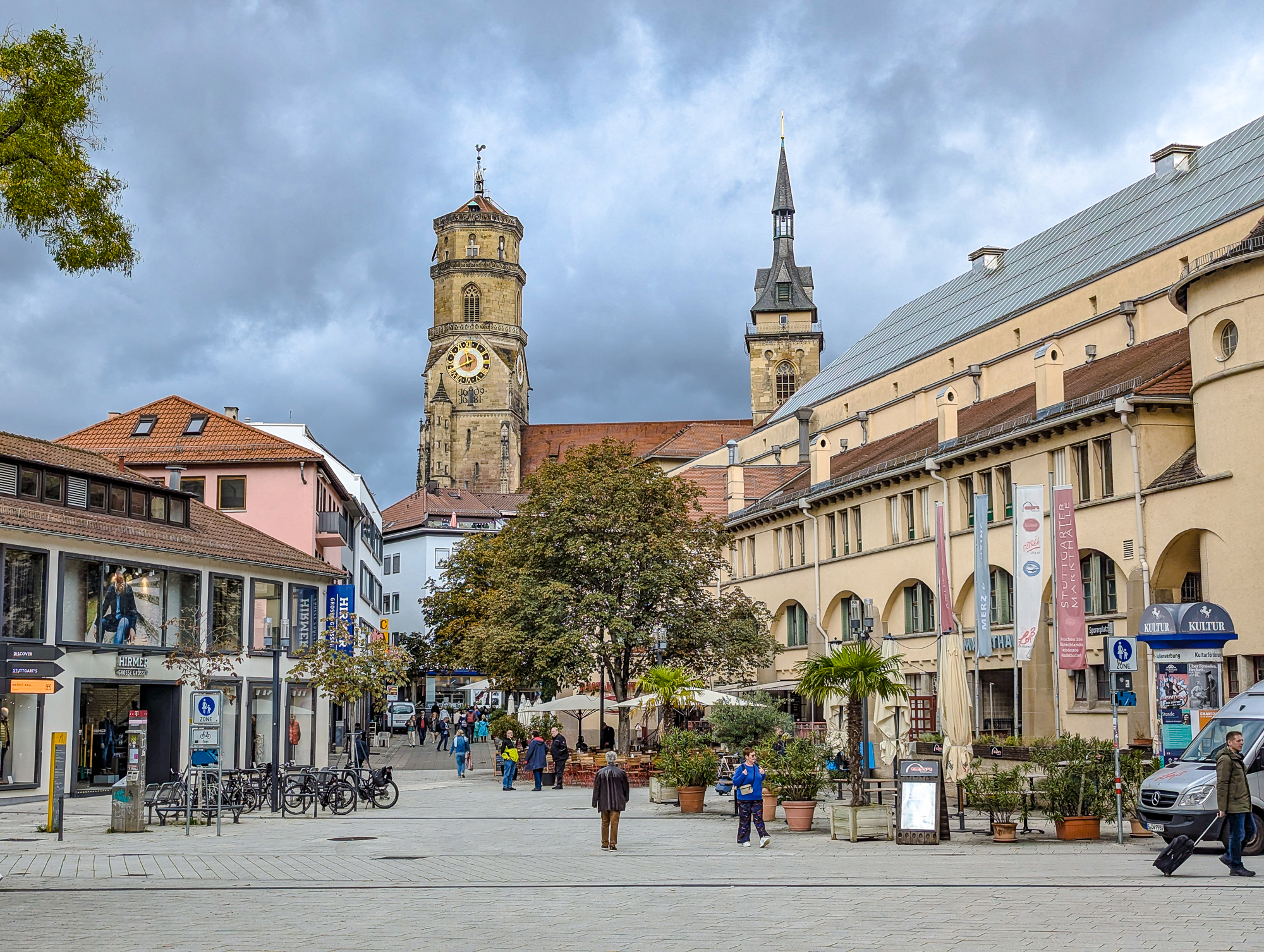
Stuttgart in World War II
Its status as a military target largely characterizes Stuttgart’s World War II history. At the time, Stuttgart was home to such industry giants as Bosch, Porsche, Daimler-Benz (Mercedes), and the SKF ball bearings factory. With the exception of SKF, all still have headquarters in Stuttgart to this day. The city also contained several military bases and was a major center for rail transportation.
The Bombing of Stuttgart
Bosch, Porsche, and Daimler-Benz all became military factories during the war. They exchanged their usual line of work for the sole production/repair of armaments and military vehicles. Slave laborers steadily replaced the factories’ traditional workers as they left to serve on the front lines. These included POWs and concentration camp prisoners forced to live and work in squalid conditions for little food and no pay.
This all made Stuttgart a prized target during the Allied bombing campaigns. From August 1940 onwards, the British Royal Air Force (later with some help from the US 8th Air Force) led 53 air raids on Stuttgart. However, due to the city’s geography—mostly hills and valleys—Stuttgart didn’t suffer as much devastation from the bombings as other German cities like Frankfurt and Nuremberg.
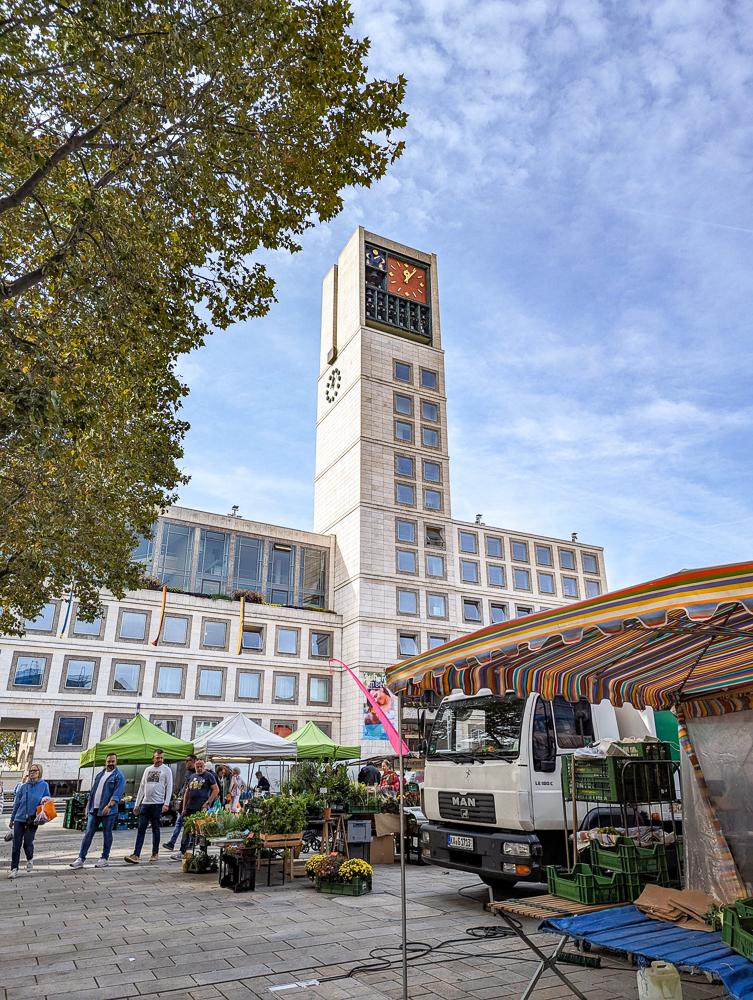
The Stuttgart Crisis
On April 21, 1945, French Army troops, assisted by the US Army, fought their way into the city and liberated it from Nazi control. Charles de Gaulle’s Free France and the United States then fought over control of the city. The US wanted to flex its military muscle and stroke its ego as Europe’s savior (as per usual). De Gaulle wanted a piece of the postwar pie and any little bit of influence he could snatch up.
France had initially taken control, but failed to establish order in a city that still had a population of almost a million including tens of thousands of now-liberated slave laborers. The mass rape of Stuttgart women (believed to be upwards of 3,000) by French troops during this chaotic period majorly exacerbated this crisis.
In the end, General Eisenhower basically just gave in and let the French have Stuttgart since he and the US Army had other things to worry about, i.e. the continued military advance through Germany. He also effectively broke up with France at this point, citing his loss of faith in them ever being useful.
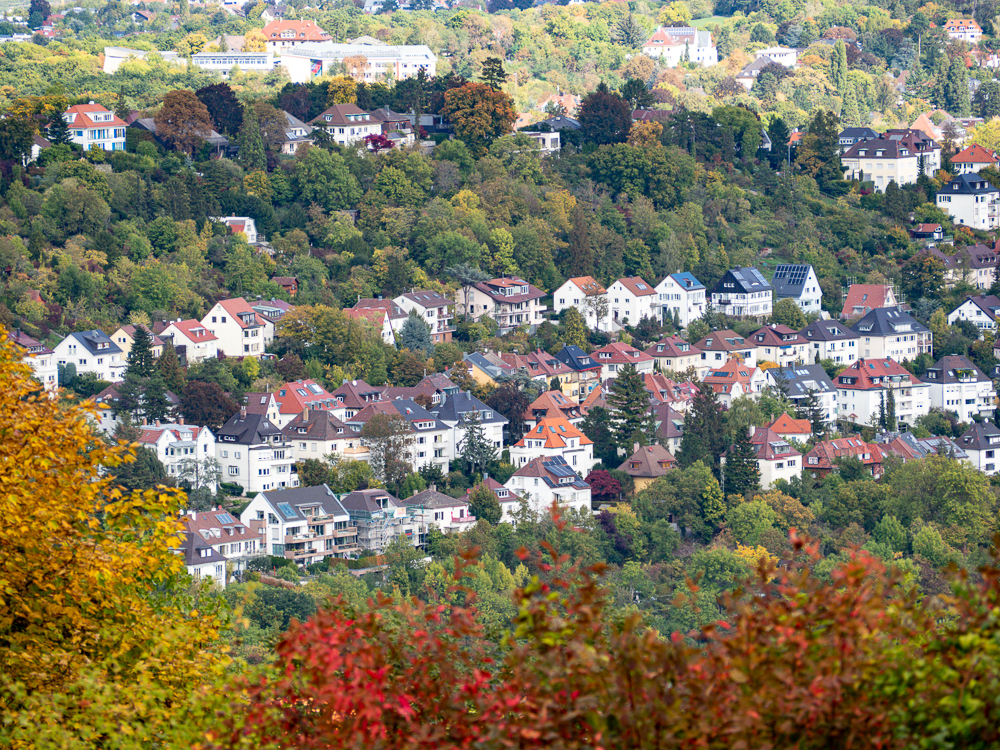
Map of WWII sites in Stuttgart
This map contains all the WWII sites in Stuttgart I mention in this post. To save this map: Click on the star ⭑ next to the map’s title to save in your Google Maps. To use this map: When you get here, open Google Maps on your phone, click “Saved” at the bottom, then click “Maps.”
If you’ll be driving to Stuttgart, check out rental car deals here. Otherwise, you can see all train schedules and rates here on Bahn.com or check out the Flixbus.
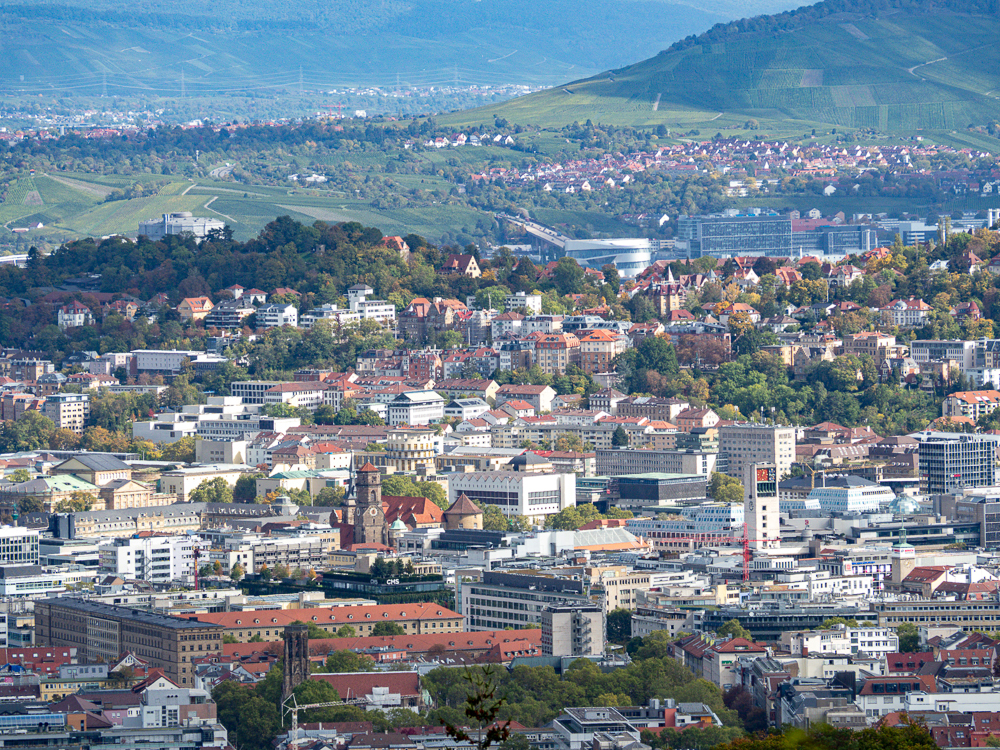
Pick up a StuttCard
The city of Stuttgart offers a sightseeing pass called the StuttCard. With this pass you have free access to (almost) all of the city’s most popular museums and attractions plus tour discounts and free travel on all area public transportation. They come in 24-, 48-, and 72-hour versions.
See all the available discounts here and pick one up for your visit.
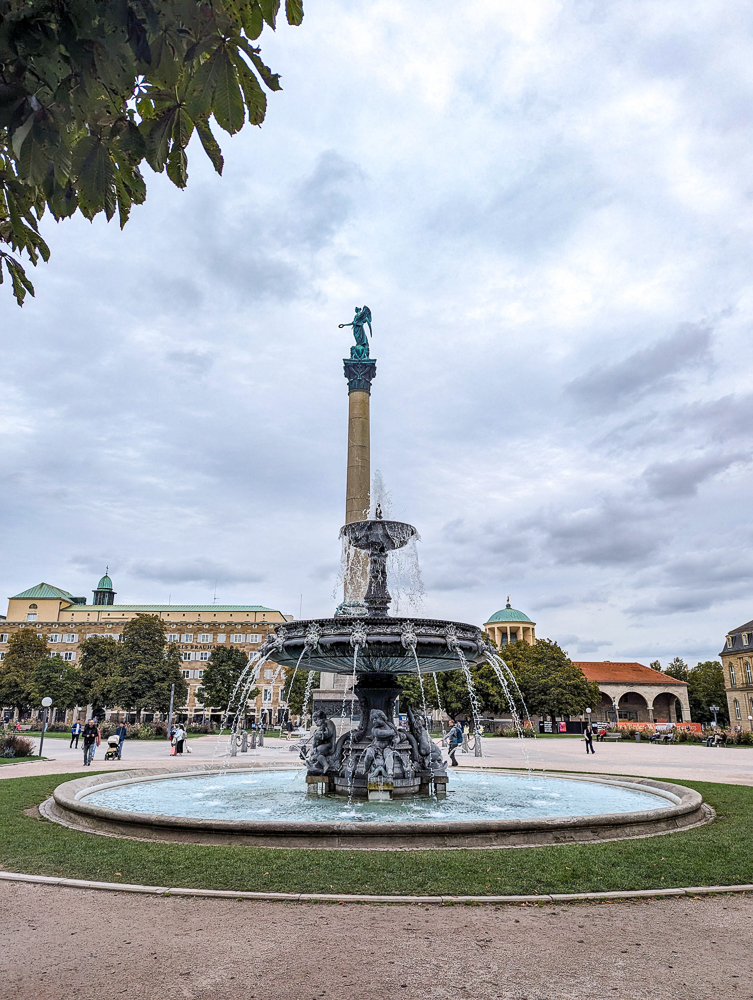
WWII museums in Stuttgart
Among its large collection of museums, Stuttgart has a couple that are fully WWII-related, and a few others where you can still learn some interesting World War II history. Check them out here:
1. Hotel Silber Museum & Memorial Site
This large museum in the center of Stuttgart’s shopping district served as the Gestapo headquarters during the war. The current museum and permanent exhibition focus on the Gestapo’s use of this building as a police headquarters and a place for systematic torture, murder, and deportations. It utilizes tons of informative displays, photographs, audio and video footage, and historical artifacts to tell these stories, all in the original building.
Unfortunately, the exhibits and displays are presented only in German, but they do offer a free English-language audio guide (which I found easy to use). You’ll need your own phone to use it, and you can check it out here anytime you want. (Click “English” at the bottom left.)
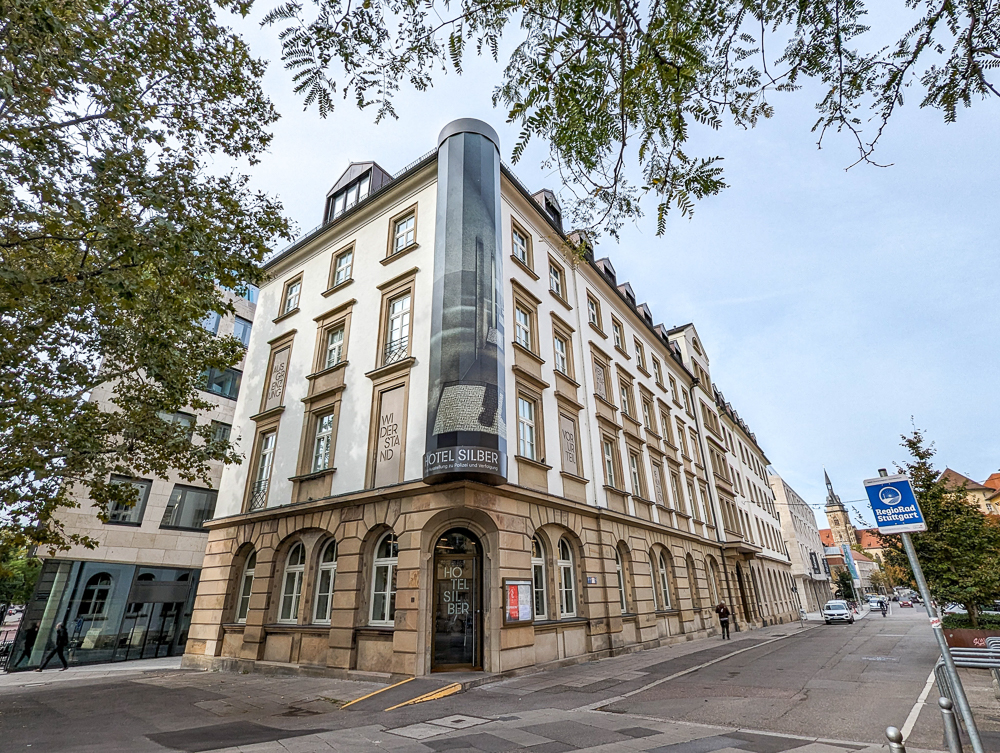
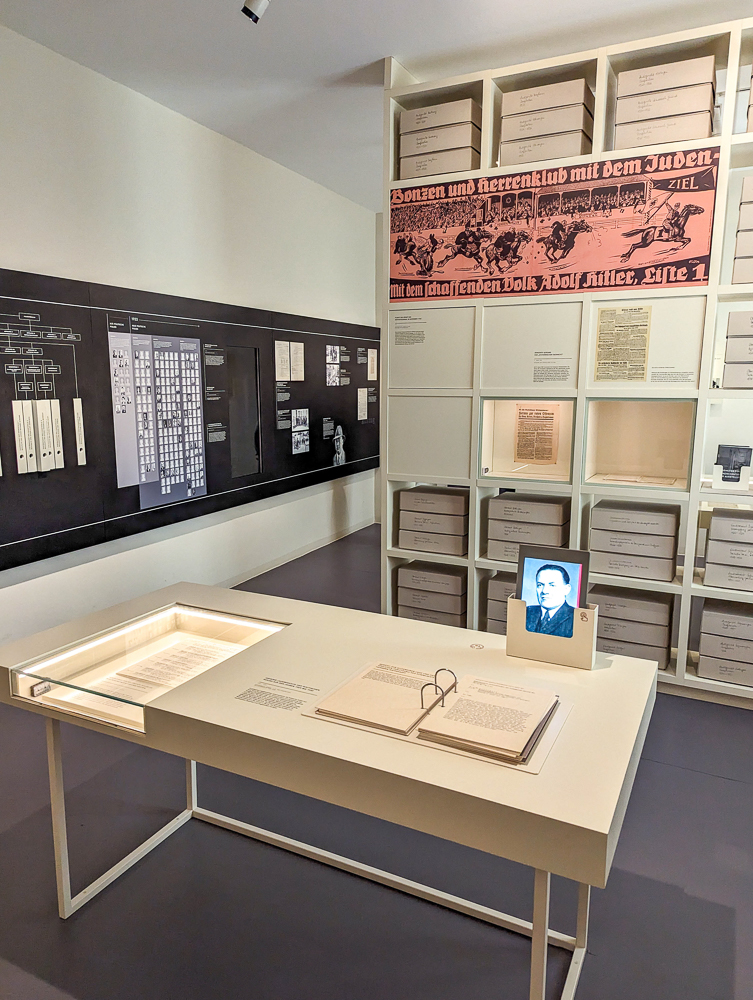
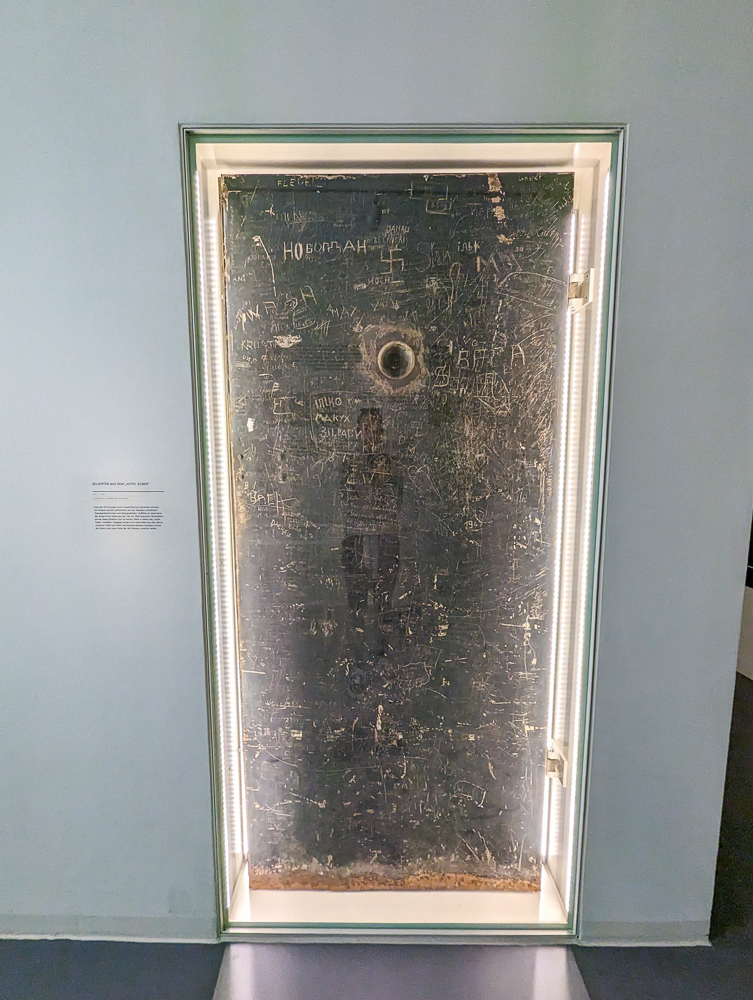
2. Stauffenberg Erinnerungsstätte
Translated from German, this means “Stauffenberg Place of Remembrance” and it completely focuses on Colonel Claus von Stauffenberg–the brains behind the July 20th assassination plot known as Operation Valkyrie.
Stauffenberg spent his childhood in Stuttgart before ultimately taking charge of the final attempt to assassinate Hitler on July 20th, 1944 at his Wolf’s Lair in Poland. The attempt failed and Stauffenberg was executed in Berlin the next day.
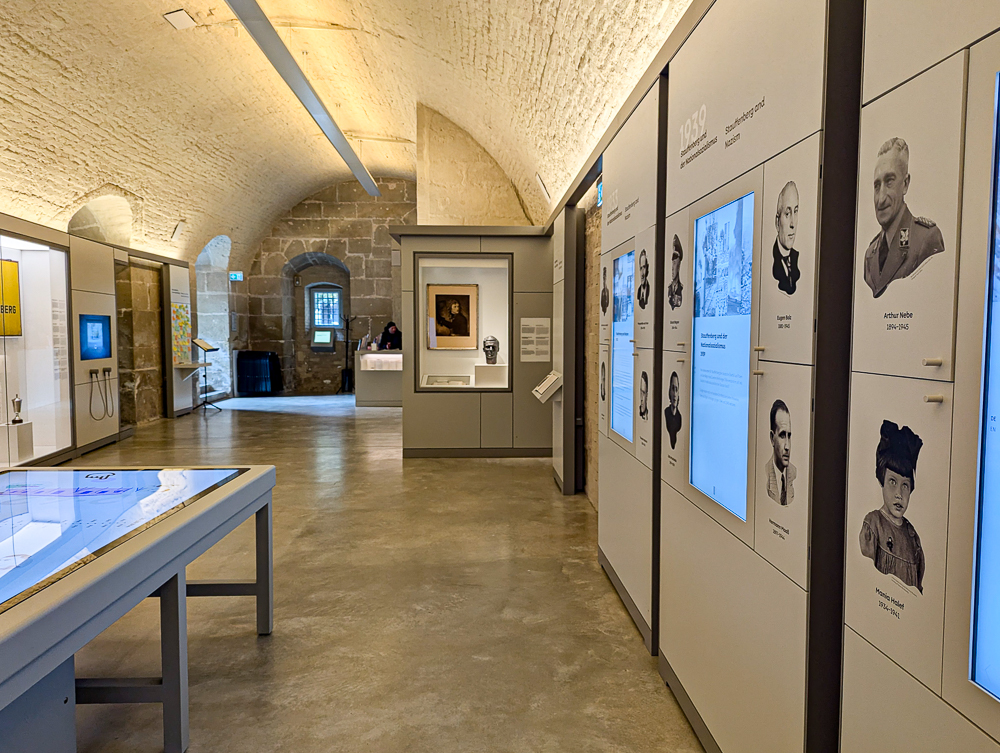
This small museum focuses on the life of Colonel Stauffenberg, the assassination attempt, and the fallout that ensued. It also addresses how this man and this event have been portrayed throughout history and in pop culture.
The museum is small but I feel it does a good job of telling this story from a lesser-heard perspective. It also displays some pretty neat personal artifacts of his whose survival after all this time is nothing short of a miracle. This museum is located inside the “Old Castle” which dates back to the 10th century.

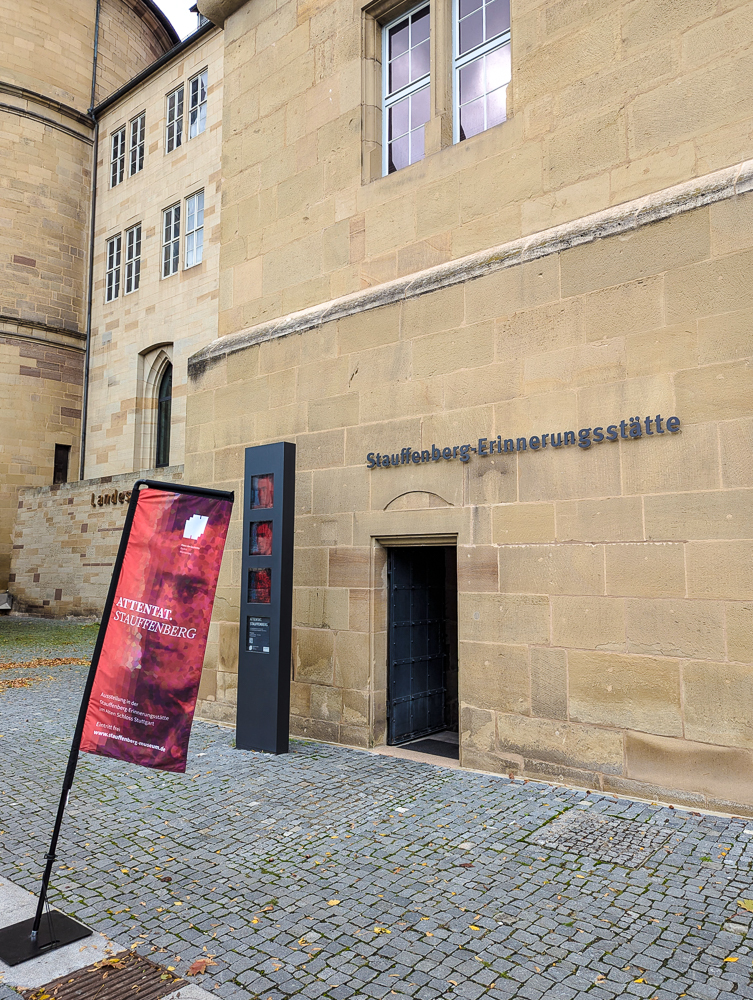
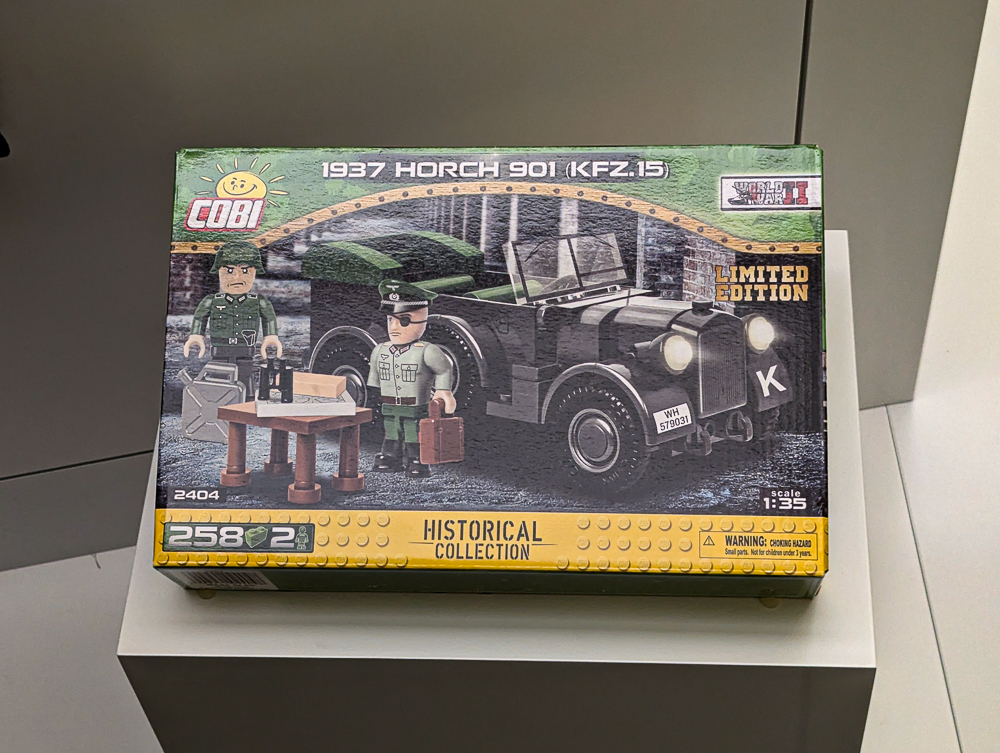
Valkyrie, the movie
Stauffenberg and his failed assassination plot are the subject of a 2008 movie called Valkyrie starring Tom Cruise. The casting for this movie and the subsequent acting are pretty much awful in so many ways, but it does do a great job at telling this story. It’s definitely worth a watch to understand the events of Operation Valkyrie, just try to bear with it.
This is definitely not Tom Cruise’s best role, but he does look just like Claus von Stauffenberg, which I’m sure is why he was chosen.
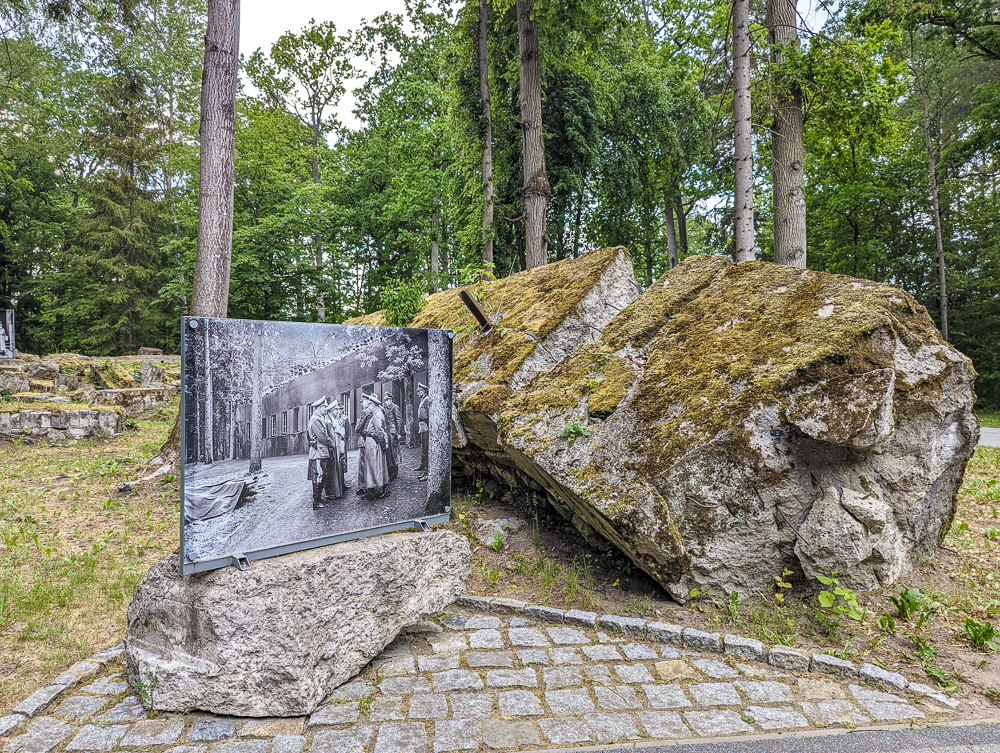
3. Nazi Justice Exhibition at Stuttgart Regional Court
This permanent exhibition inside the Stuttgart District Court focuses on Nazi-era criminal “justice” and its subsequent practice of radical sentencing and executions. One part of it, titled “National Socialist Justice in Stuttgart” focuses on the judges and other public prosecutors involved in this twisted system. (And how none of them were convicted of their crimes and even went on to hold judiciary positions after the war.)
The particular courthouse that holds the exhibit alone handed out 423 death sentences—402 men and 21 women. All were executed by guillotine here, where you can now find a memorial to them. All were considered “political opponents” or similar, with 100 of them having only protested the regime through pamphlets or plain criticism.
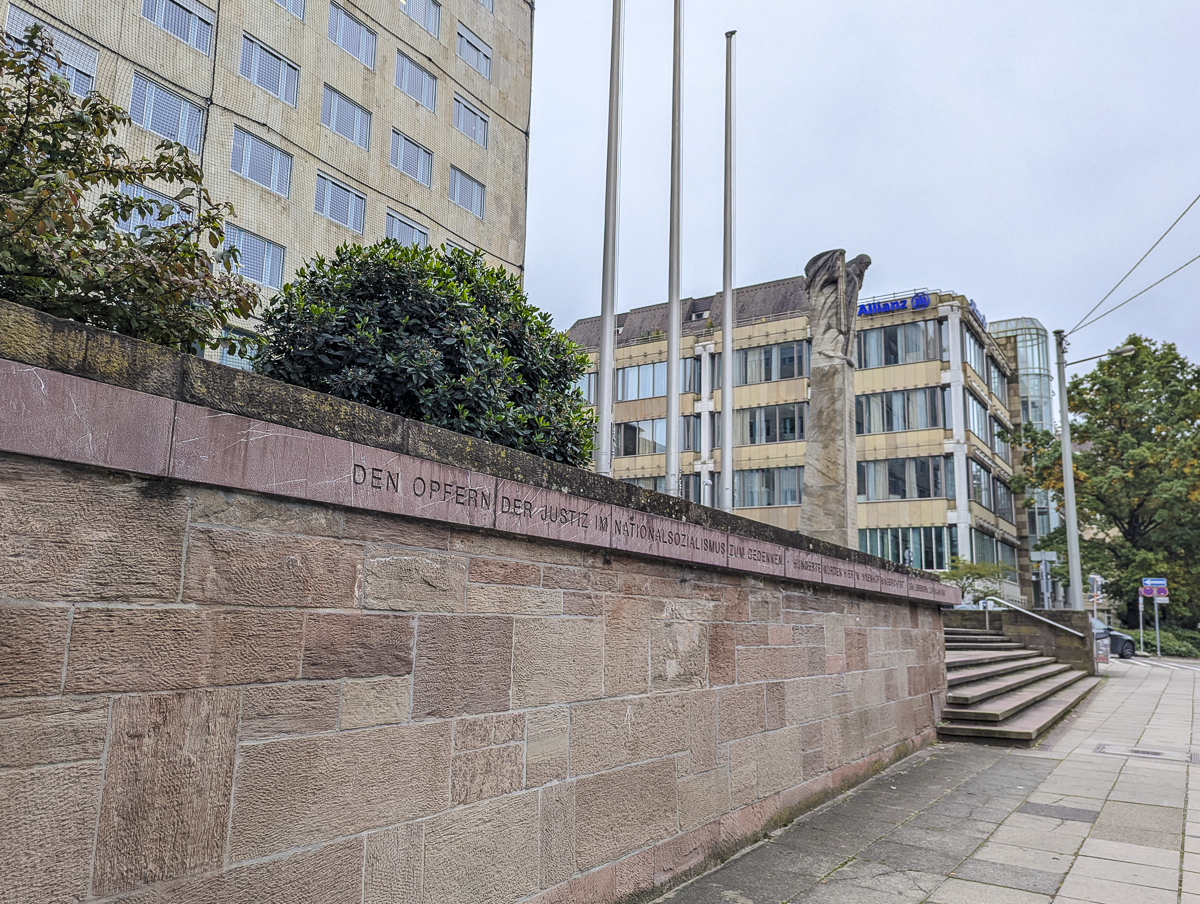
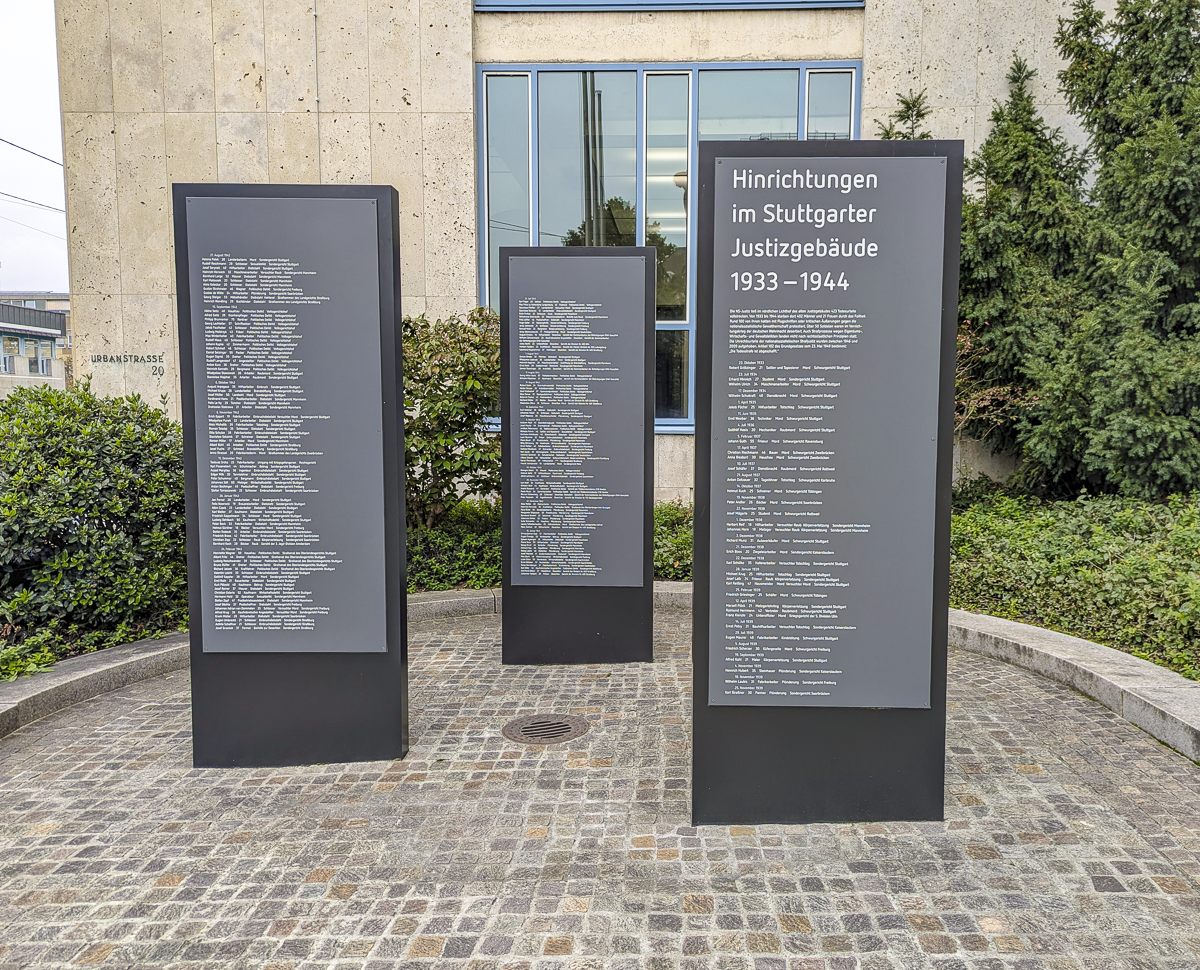
If this topic interests you (like it does me), don’t miss the White Rose exhibition at the Justizpalast in Munich.
4. StadtPalais – Museum for Stuttgart
Stuttgart’s StadtPalais is your typical city history museum. It covers Stuttgart’s entire history up until today which, naturally, includes the Nazi period. For a grander look at Stuttgart’s history and how World War II and Nazi occupation fits into the picture, head here.
5. Baden-Württemberg House of History
In a similar vein is the Baden-Württenberg House of History. This is another all-encompassing museum that covers not just Stuttgart, but all of Baden-Württenberg’s history. Obviously, this also includes the Nazi period. The Hotel Silber, Stauffenberg, and Nazi Justice Museums all fall under the purview of the BW House of History.
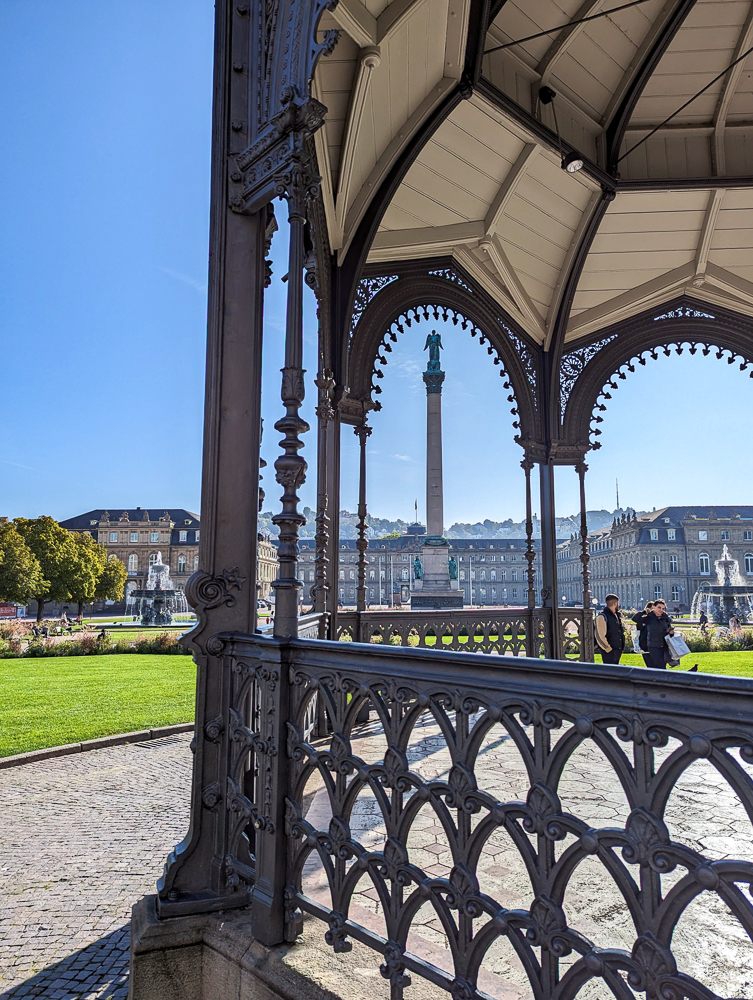
6. Strassenbahn Museum
For something a little different, head over to the World of Trams—Stuttgart’s museum completely dedicated to the history of its tram system. Though not as huge or in-depth as the Deutsche Bahn Museum in Nuremberg, the idea is similar.
The World of Trams takes you through the entire postwar history of the city’s tram network and showcases several historical tram cars. Though much of what you can see here is unrelated to WWII, there are a couple things that might interest you:
- One of the trams responsible for helping to clear the city of its debris after all the bombing raids (see #8 on this page)
- A fire-damaged tram car from the war era
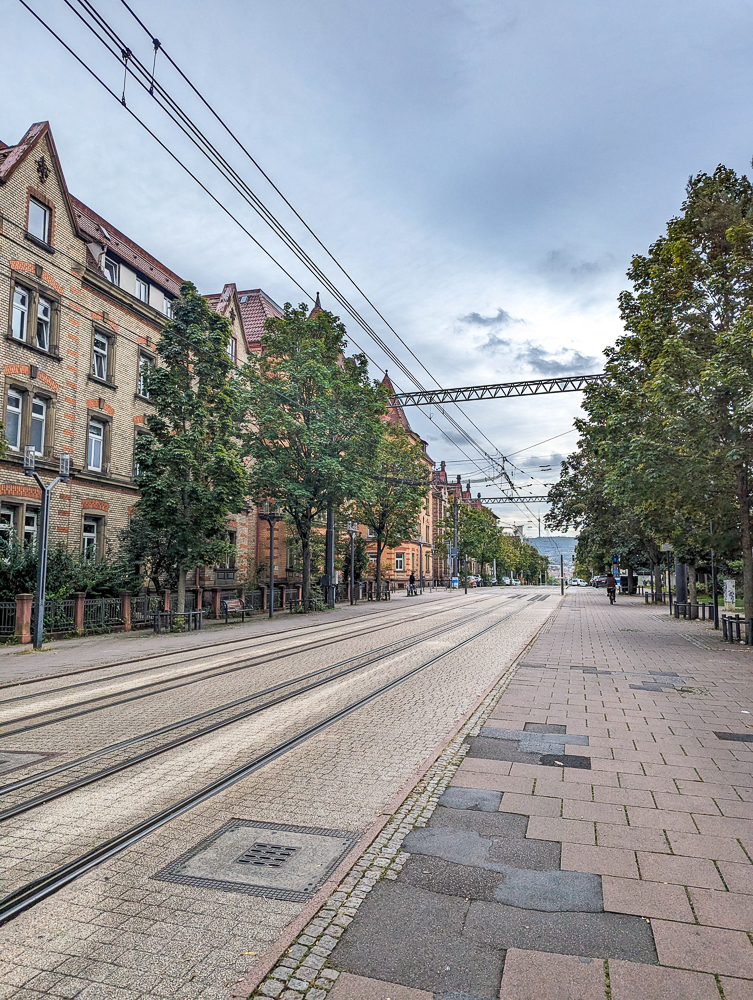
7. Theodor Heuss House
Theodor Heuss was the first president of West Germany after the fall of the Third Reich. This museum, dedicated to his life and work, is located inside the house where he lived from 1959 until his death in 1963.
The museum serves as a look into both the 1950s private home life of Germany’s first postwar president and the man’s political history, including how he handled Hitler and National Socialism.
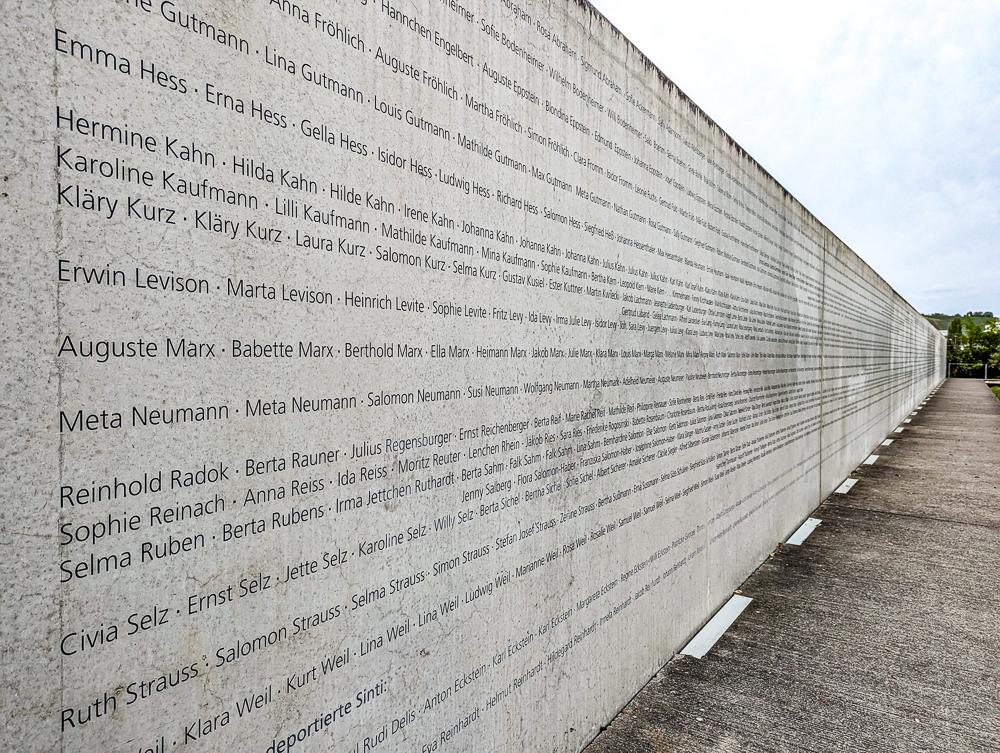
Memorials & other WWII sites in Stuttgart
Besides these museums, there are several other fascinating memorials and other historic WWII sites in Stuttgart you can visit. Check them out here:
8. Birkenkopf Stuttgart
When the war ended, Stuttgart was filled with rubble and debris as a result of the many bombing raids on the city. In order to rebuild the city, all that rubble had to go somewhere. The solution was to move it and pile it up on the outskirts of town. Today, you can visit that pile.
Birkenkopf Stuttgart is the name of the massive hill on which tons of WWII rubble was, and still is, piled. You can visit this hill, walk the lovely little trail around and up to the top where you can still see piles of city debris—old columns, concrete blocks, decorative chunks, and much more.
At the top, you’ll also find a couple of memorials, including a large iron cross where church services are sometimes held. For tons more pictures and details on this interesting site, check out my full post on visiting Stuttgart’s rubble hill.
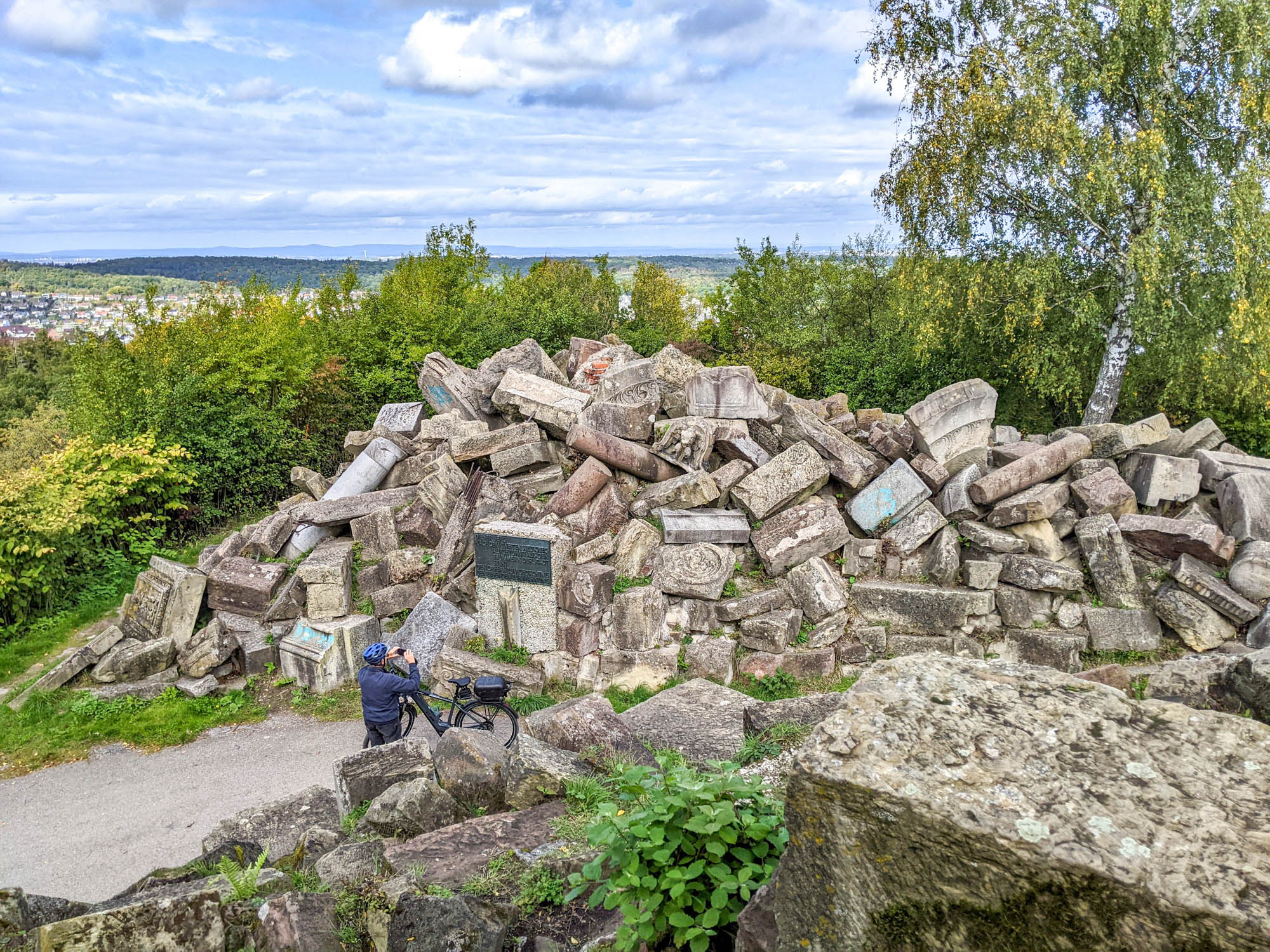
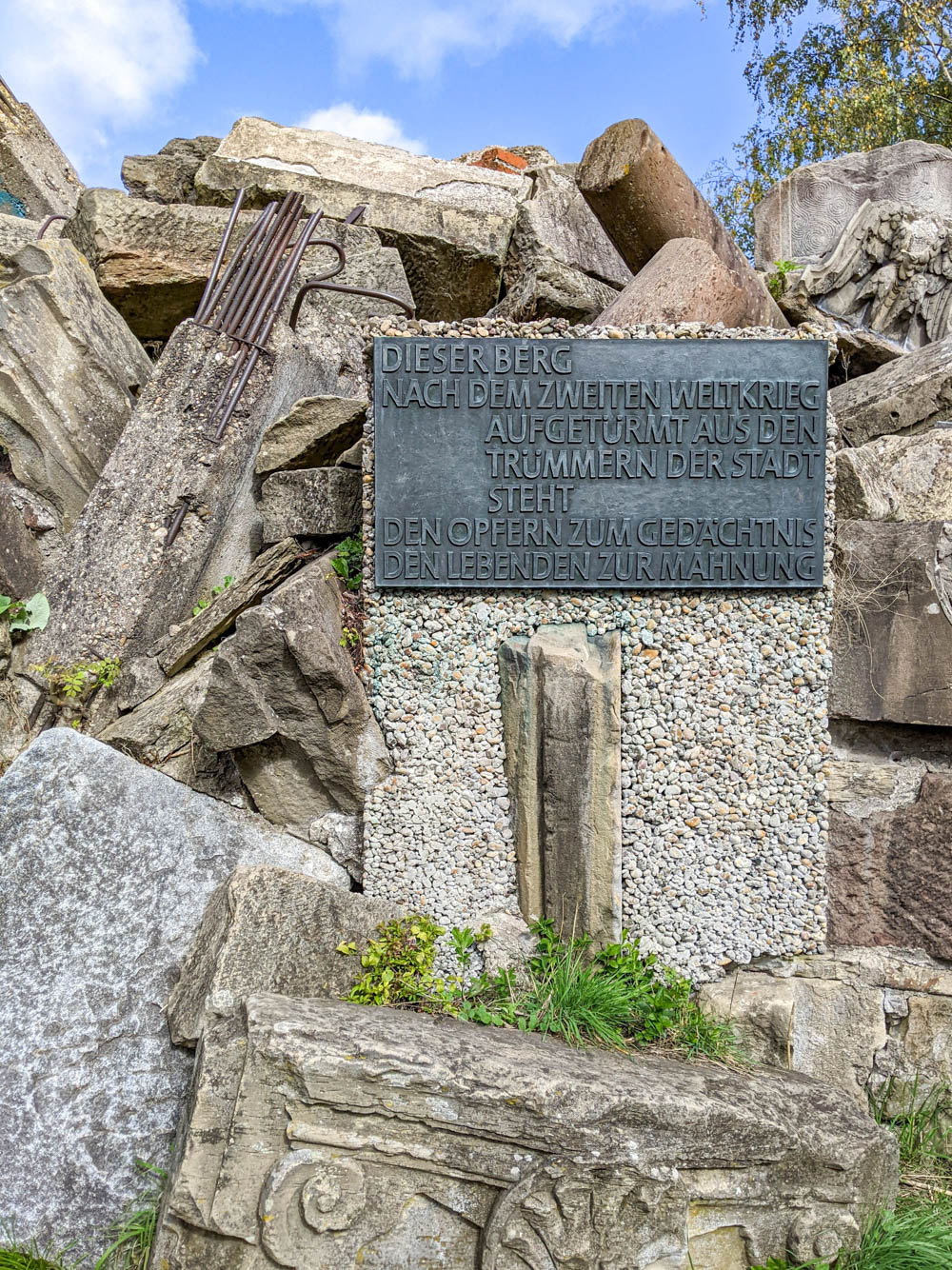
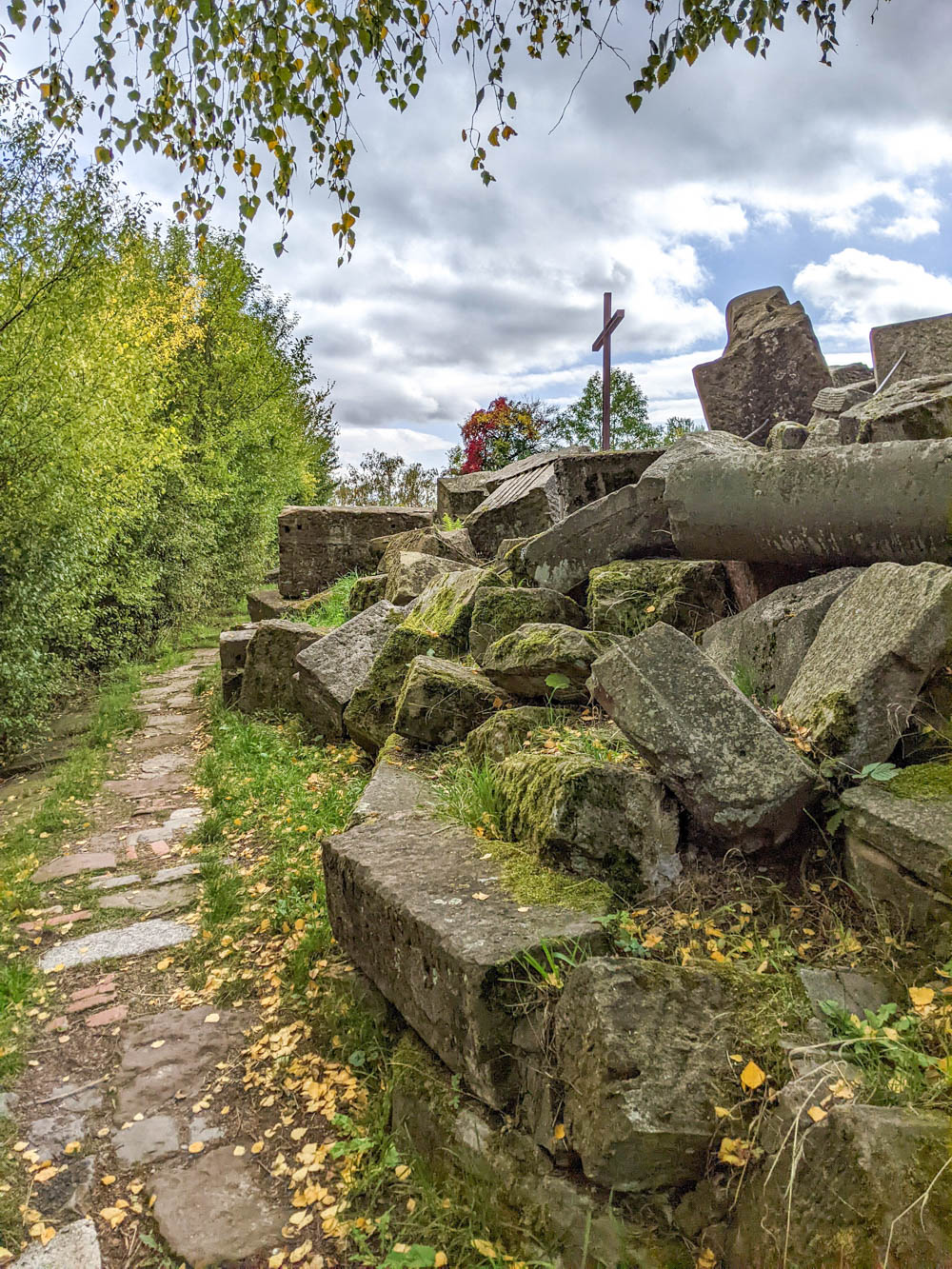
9. Gedenkstätte Nordbahnhof
A little north of the city center and you’ll find Gedenkstätte Nordbahnhof—a touching memorial to the “persecution and extermination of Württemberg Jews, Sinti and Roma” and the former Inner North train station as a crime scene.
Throughout the war years, 2,500 Jews and more than 240 Sinti and Roma were forcefully gathered here at this station and then deported to such concentration and death camps as Auschwitz and Theresienstadt.
At this memorial, you’ll find some of the original train tracks and several memorial installations. Some of these contain the names of the victims, another displays the dates and destinations of the deportations. You’ll also find informative panels on the site’s history and a place where you can pick up a pamphlet.
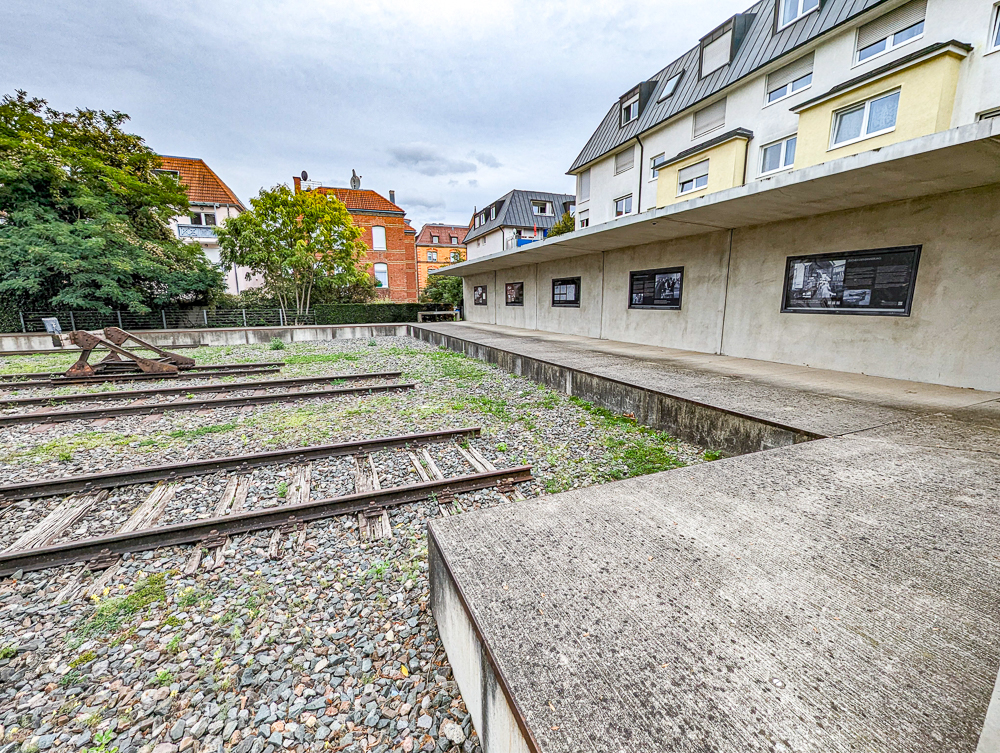
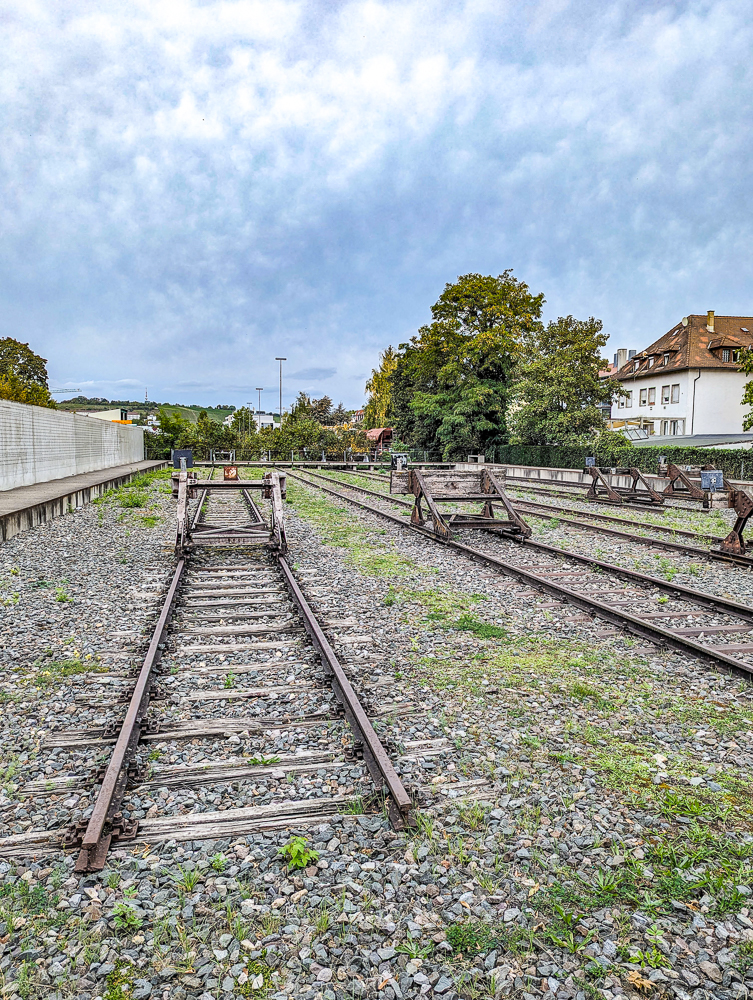
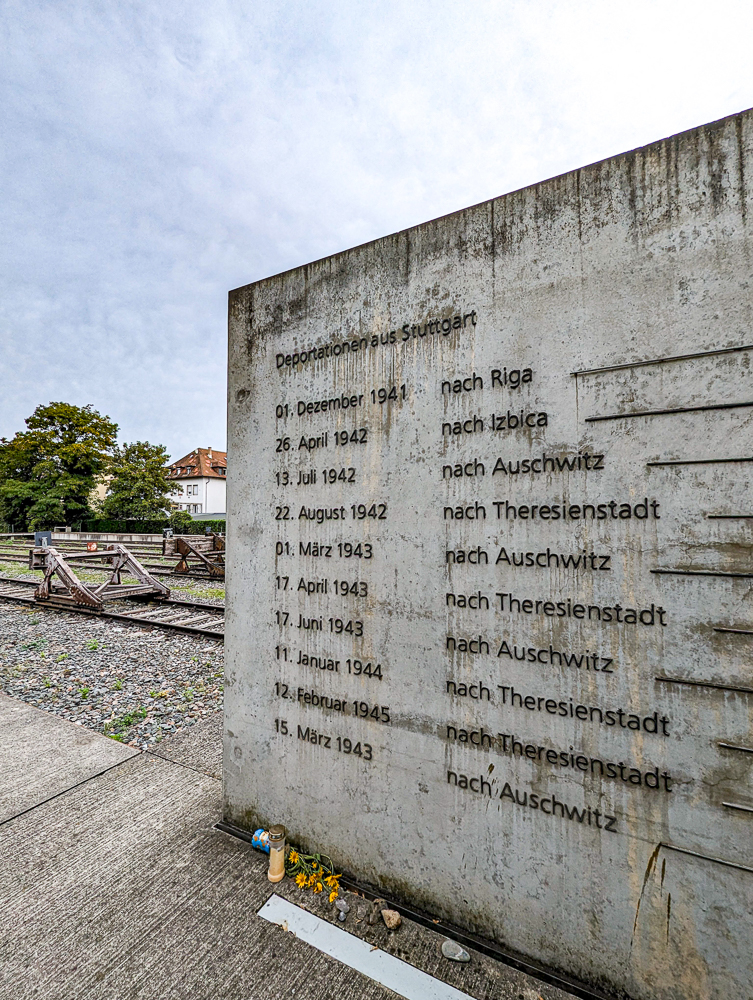
10. Memorial to the Victims of National Socialism
Outside the entrance to the Stauffenberg Museum, you’ll find four huge granite blocks stacked up against each other. This is the Memorial to the Victims of National Socialism. Behind it you’ll find two plaques with German text; they read:
- (Left) The Memorial to the Victims of National Socialist tyranny was designed in 1970 by Elmar Daucher and the text was written by Ernst Bloch
- (right) Ostracized, rejected, tortured, killed, hanged, gassed – millions of victims of National Socialist tyranny implore you: never again
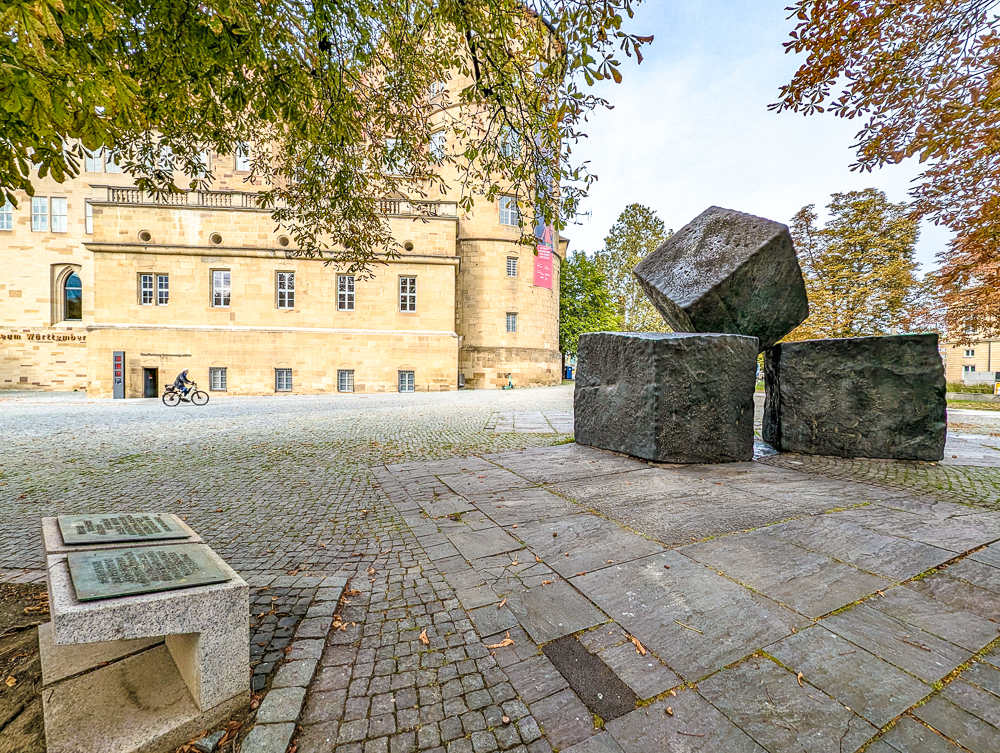
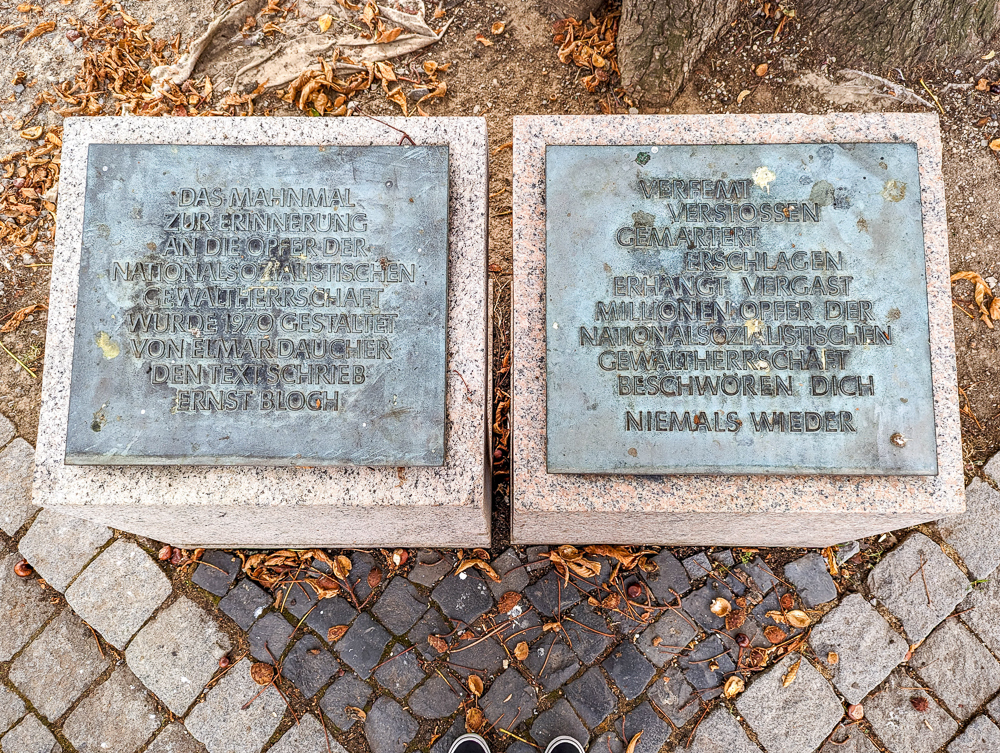
11. Day & Night Memorial
One of Stuttgart’s most popular attractions today is the Mercedes-Benz Museum, located just next to its headquarters. Outside this building, you can find the “Tag und Nacht” memorial—the “Day and Night” memorial dedicated to the memory of the forced laborers who worked in the Daimler factories. Artist Bernhard Heiliger designed this sculpture in 1983.
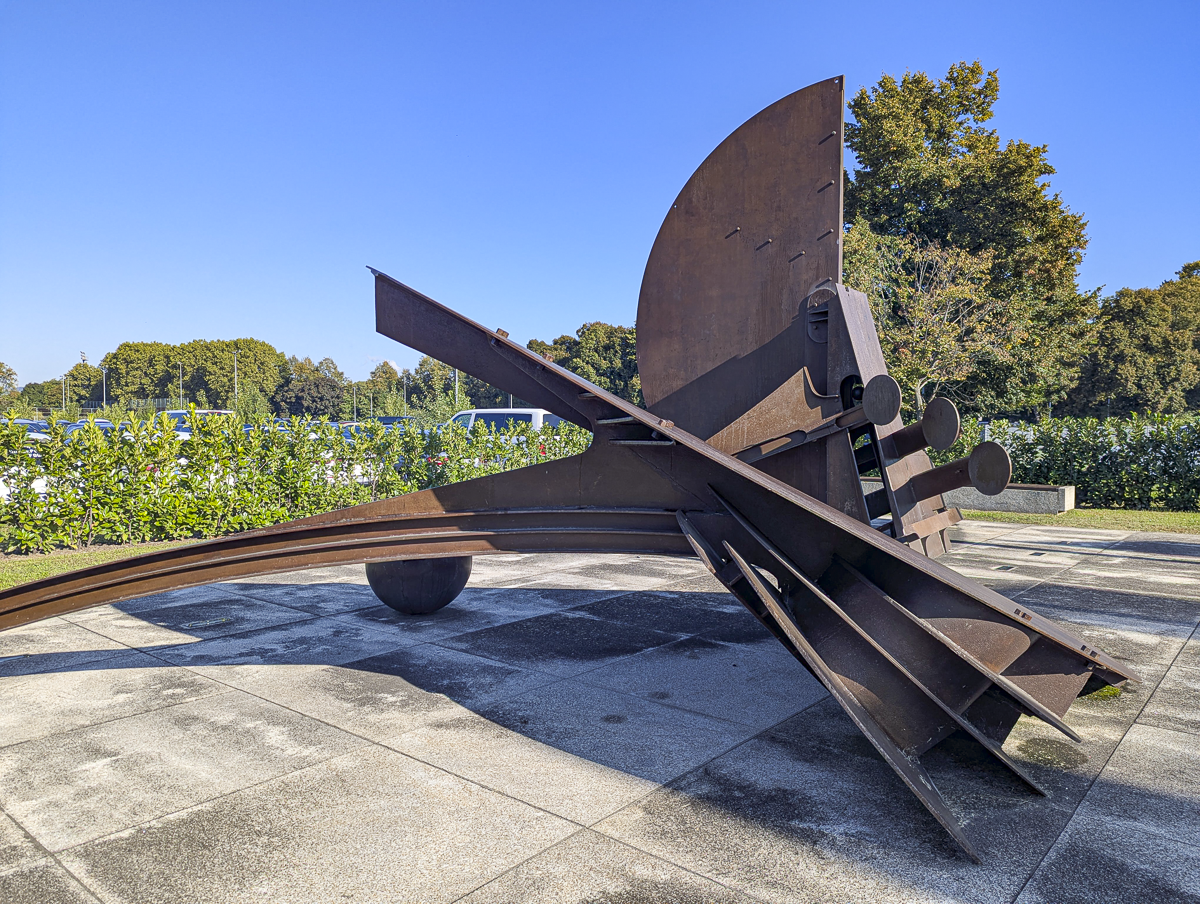
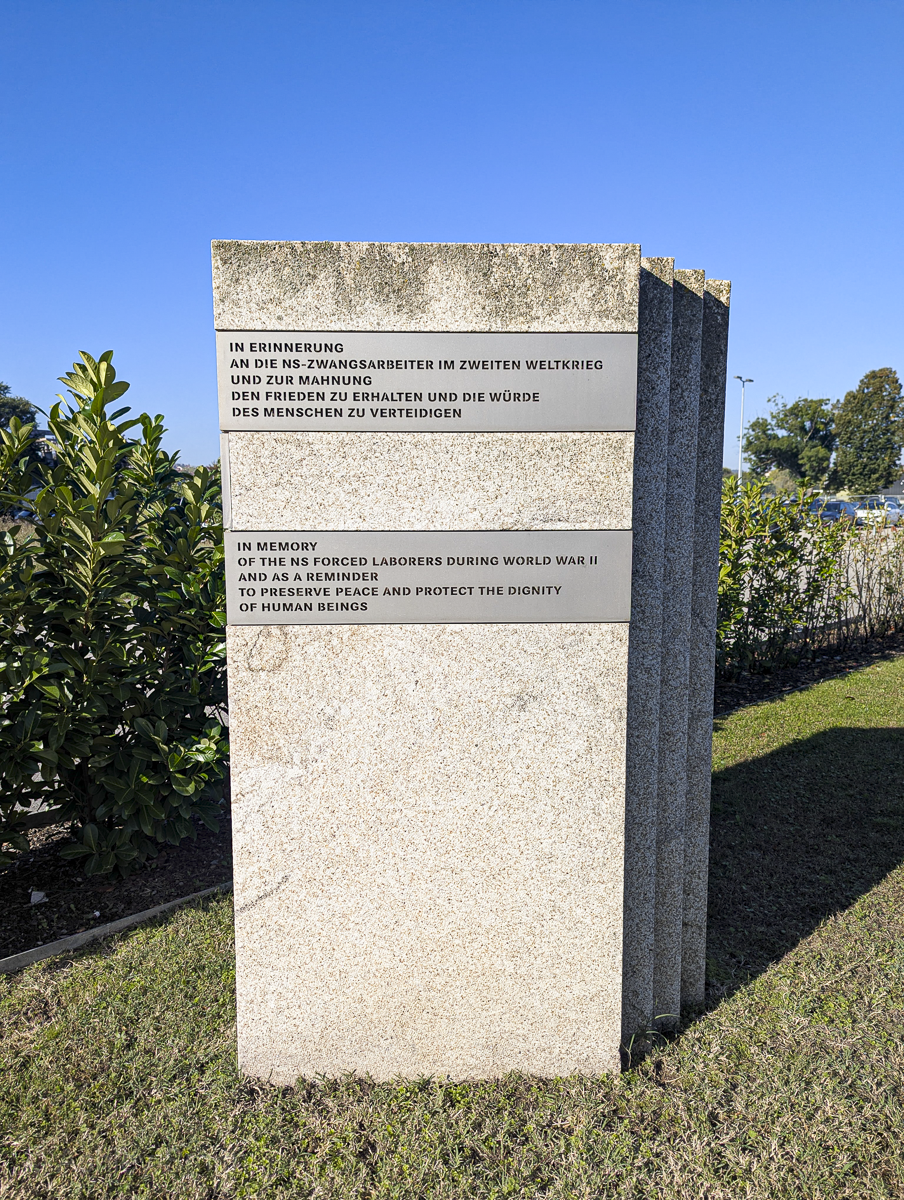
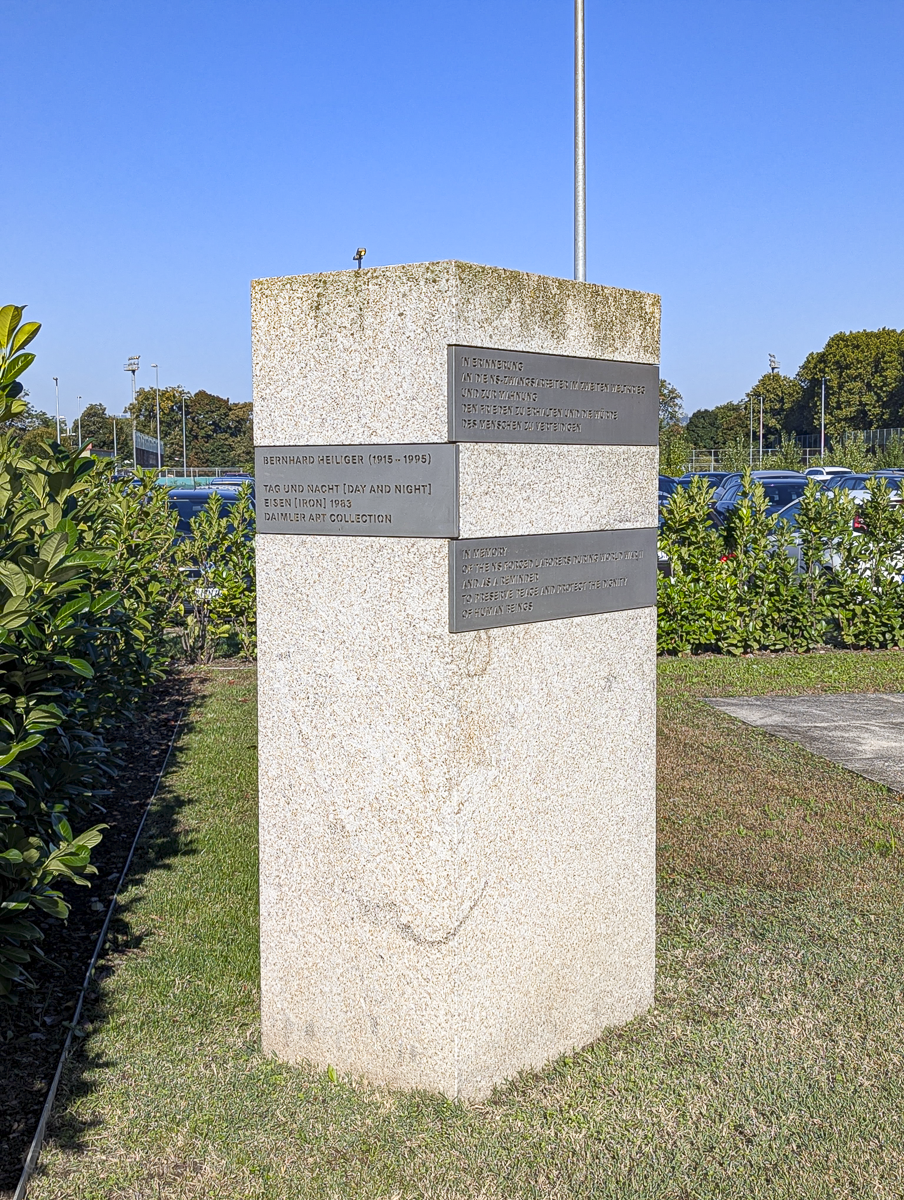
12. Stumbling stones
Like most cities in Germany and throughout Europe, you can find stumbling stones (stolpersteine) all over Stuttgart. These small brass stones are inlaid in the ground outside the last known residence of a Holocaust victim. They typically contain the person’s name, their birth and death dates, as well as their fate and/or the camp where they were killed. A few easy ones to find are:
- Charlottenplatz 5, in front of the J7 hair salon – Selma Ruben
- Eberhardstraße 1, in front of the Diamond Case jewelry store – Julius and Martha Baer
- Eberhardstraße 2, in front of the Apotek pharmacy – Selma & Siegfried Süss-Schülein and Melanie, Ignatz and Lothar Oppenheim
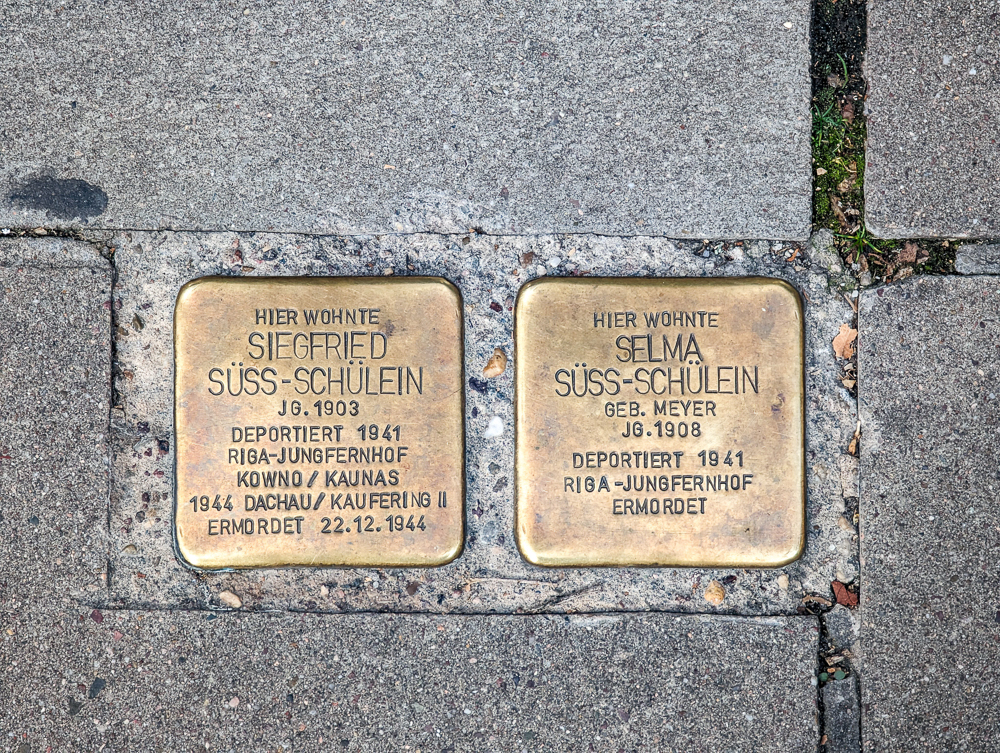
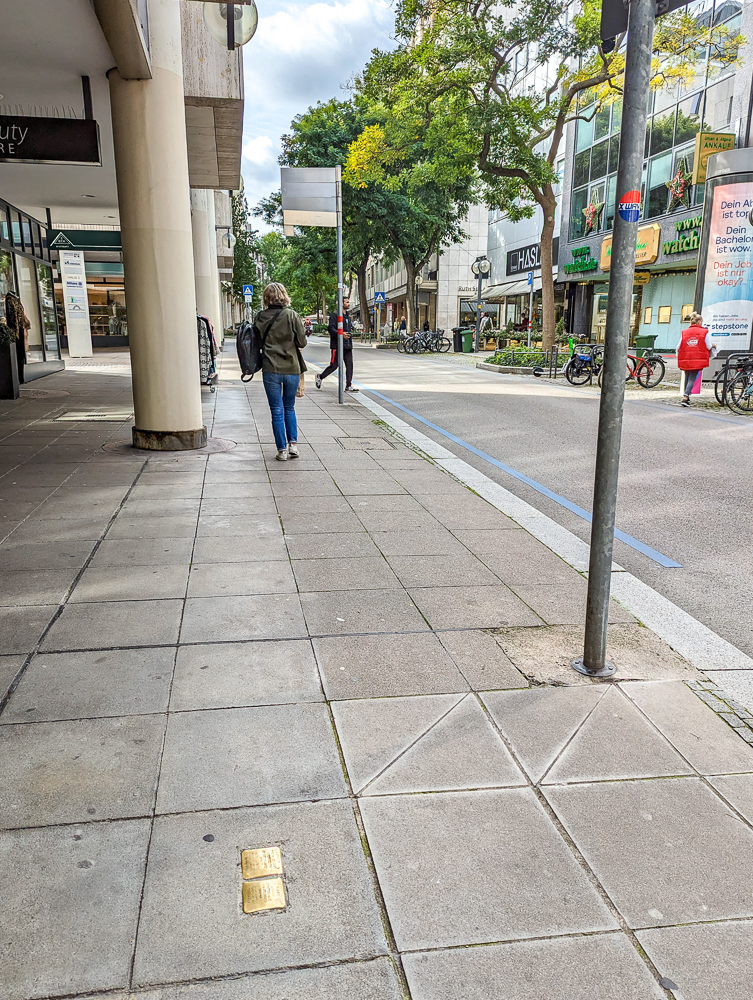
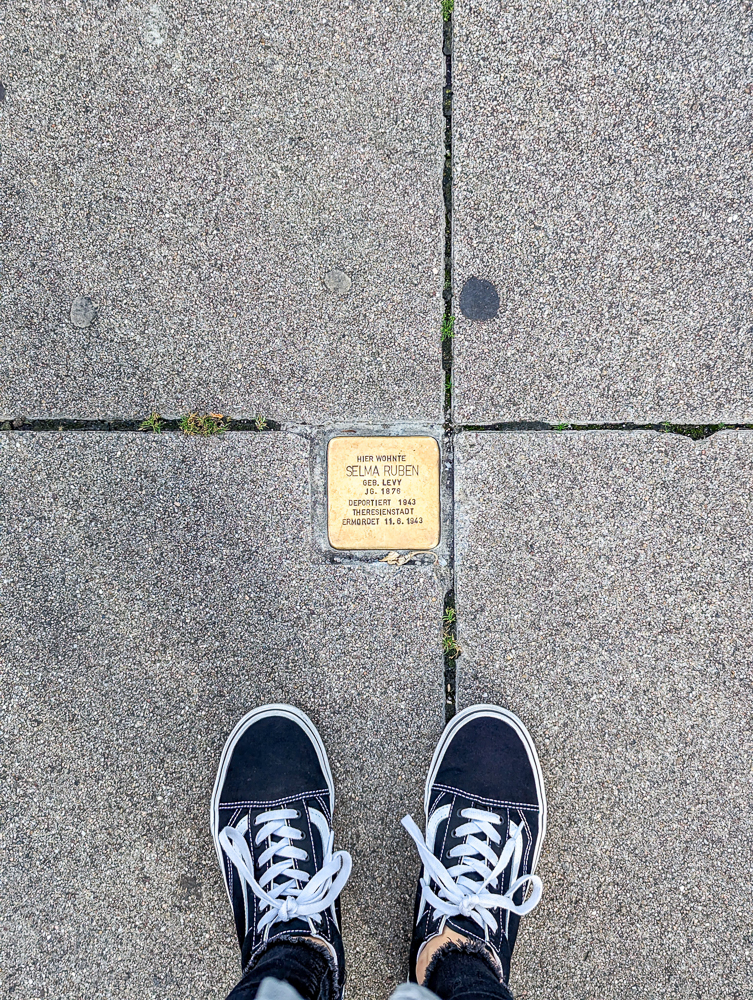
13. Stiftskirche exhibit
Inside the Stiftskirche, the gothic church near Stuttgart’s city hall and main market square, you’ll be able to visit a small exhibition dedicated to the church’s history. Naturally, this includes its wartime destruction and subsequent reconstruction.
The exhibit is small and really only worth a visit if you happen to be walking past during open hours. It’s free to visit and includes a photo of what the church looked like at the end of the war. This small exhibit is only open from 10am to 1pm Monday through Saturday, the same hours as the gift shop.
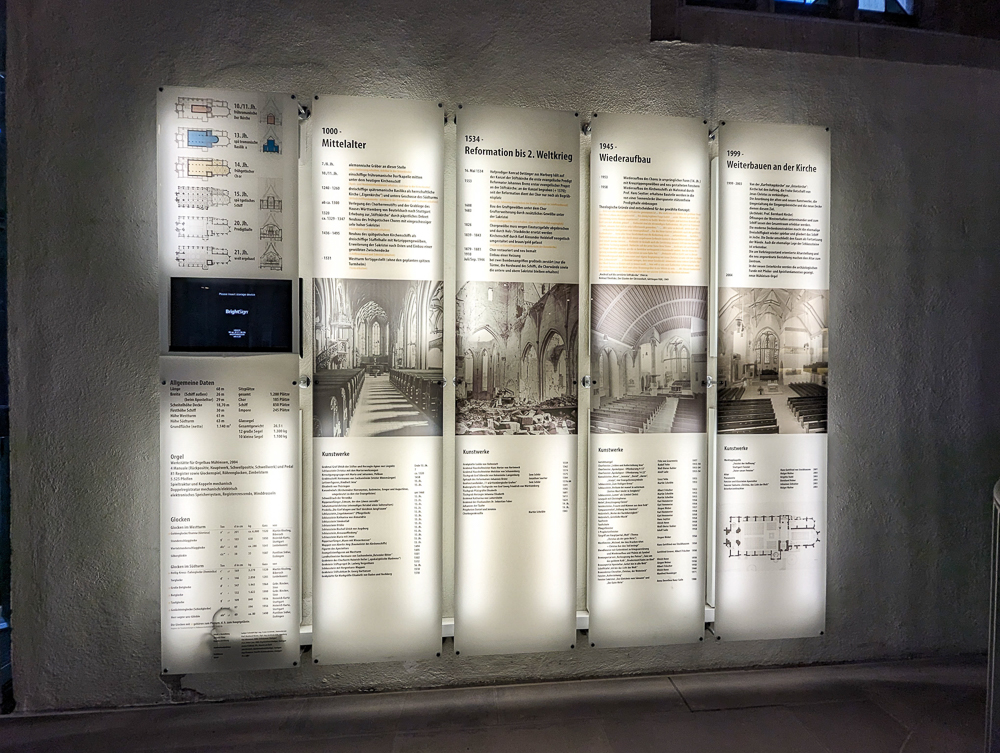
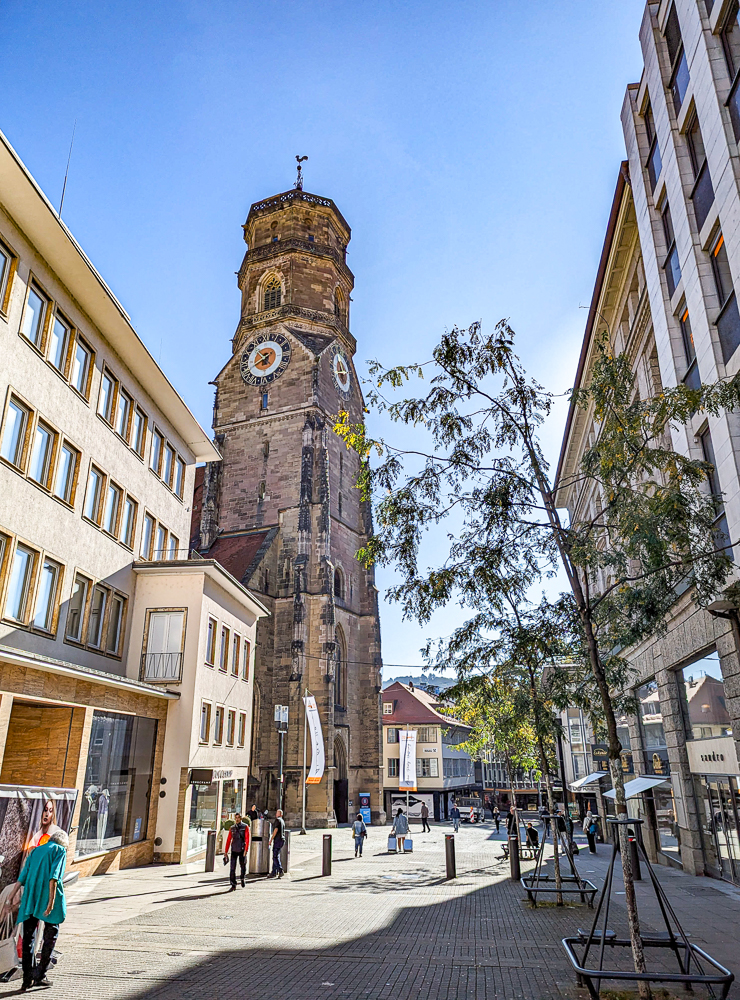
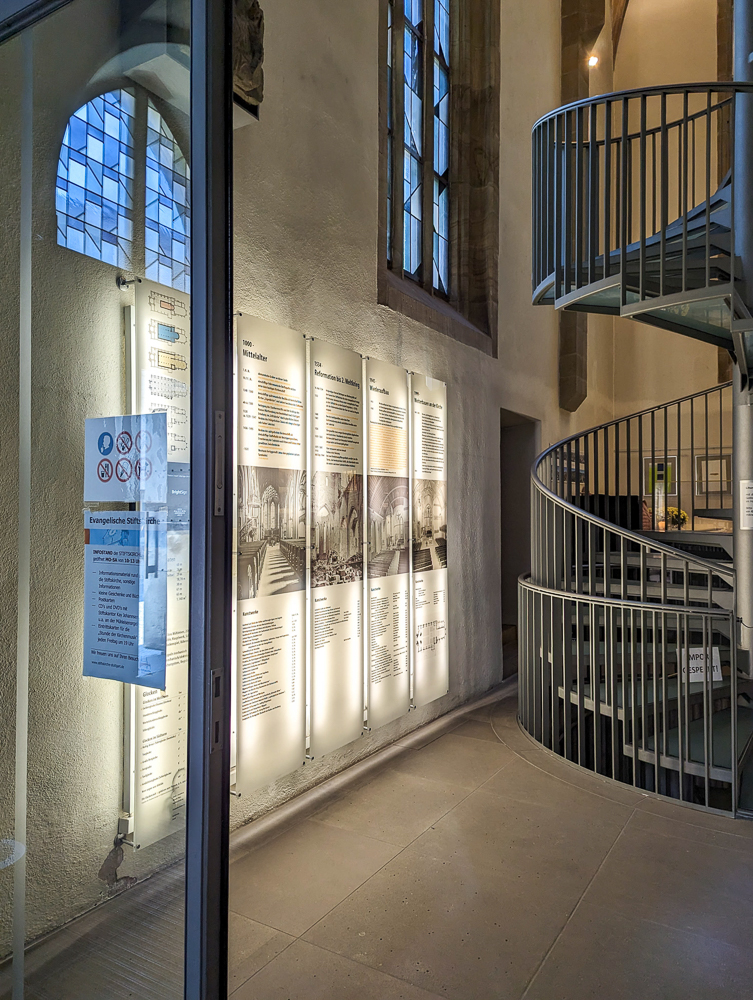
14. Air raid shelters
Given its tendency to be bombed during the war, several air raid shelters went up around Stuttgart, in all different styles. A couple of them are still around today. You’ll need your own car to visit most of them, but I’ve included two on the map at the top of this page:
- Pragsattel or the “Bosch Tower” – Most well-known bunker in Stuttgart given its prominent location and its use for advertisements
- Winkel Tower – Cone-shaped tower capable of holding up to 500 people
For more air raid shelter locations in Stuttgart, check out this page. (You don’t need to log in; just click through the list on the left.)

Suggested reading/watching
If you’d like to learn more about World War II in Stuttgart or more about any of the topics mentioned in this post, start here:
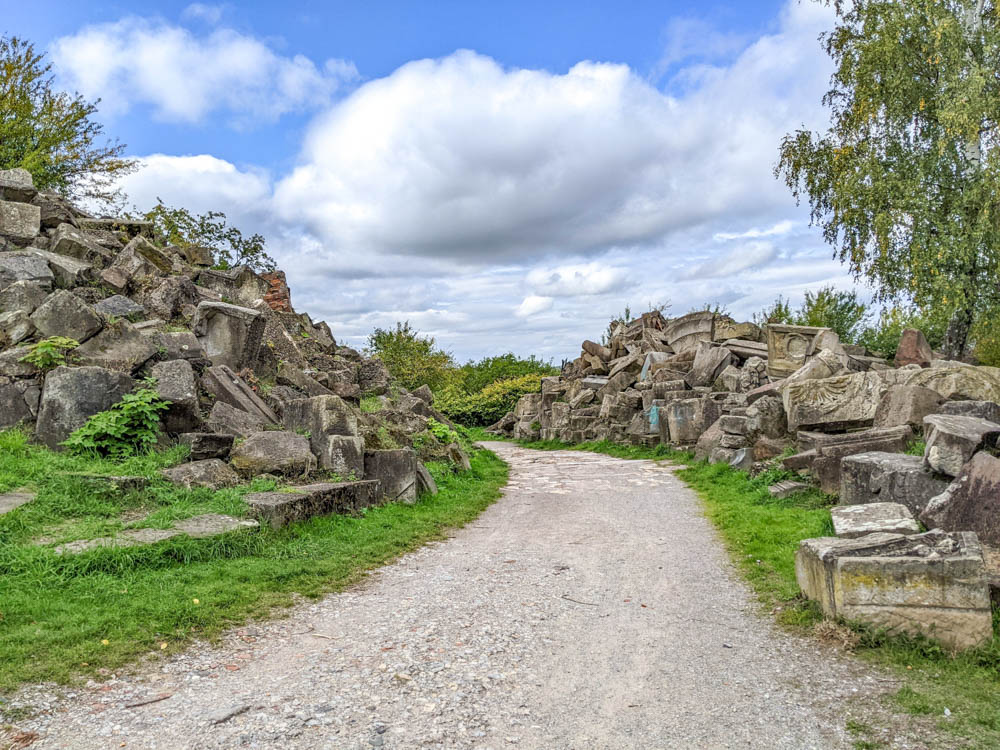
Where to stay in Stuttgart
Stuttgart is a pretty large city and there are many different areas in which you can stay during your visit. Here are a few options to get you started:
Hilton Garden Inn at Neckarpark – This is where I stay during my annual visit to Stuttgart and it’s fantastic (especially the breakfast). Located just a 10-min walk from the Mercedes-Benz Museum, the U-bahn station, and the Cannstatter Wasen in case you’re here for that big event. Book your room here.
EmiLu Design Hotel – If you’d like to stay in the center of the city, this ultra-modern yet comfy hotel has excellent reviews and is just around the corner from many of the WWII sites in Stuttgart mentioned in this post. Book your room here.
Der Zauberlehrling – If you’re looking for something a little more eclectic, this place is for you. The rooms are all so unique! It has all the comforts you love and is just a short walk to places like Castle Square. Book your room here.
You can check out all Stuttgart hotel options here.
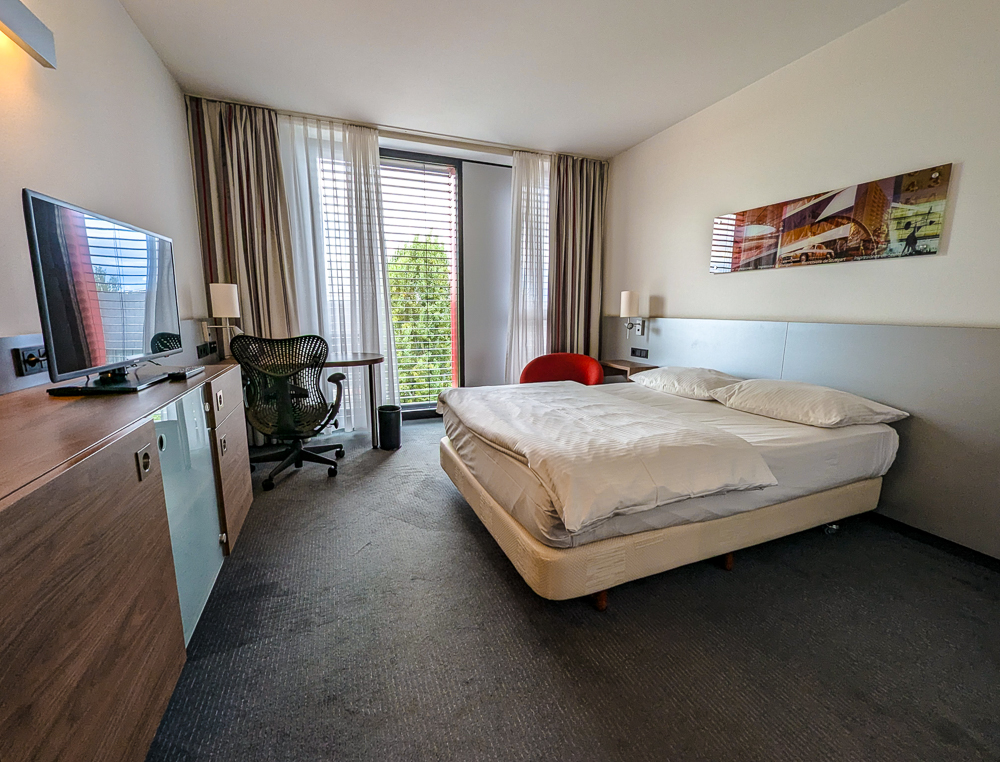
More info for your visit to Stuttgart
- Hotels: Find great places to stay on Booking.com (my go-to). Expedia and Hotels.com are worth checking too. VRBO is best for apartment rentals.
- Rental cars: Check out the best local rental car deals here.
- For more local tours, check out all the options from Viator and Get Your Guide.
- Don’t forget a Germany guidebook and this must-have Germany customs and culture guide!
- Want more? See all my Germany posts here.
Like this post? Have questions about visiting the WWII sites in Stuttgart? Let me know in the comments below. Have a great time in Germany!

Save this info, pin these images:
